This is a list of the bird species of India and includes
extant
Extant is the opposite of the word extinct. It may refer to:
* Extant hereditary titles
* Extant literature, surviving literature, such as ''Beowulf'', the oldest extant manuscript written in English
* Extant taxon, a taxon which is not extinct, ...
and recently extinct species recorded within the political limits of the Republic of
India
India, officially the Republic of India (Hindi: ), is a country in South Asia. It is the List of countries and dependencies by area, seventh-largest country by area, the List of countries and dependencies by population, second-most populous ...
as defined by the Indian government are known to have 1364 species as of 2021,
of which 81 are
endemic
Endemism is the state of a species being found in a single defined geographic location, such as an island, state, nation, country or other defined zone; organisms that are indigenous to a place are not endemic to it if they are also found else ...
to the country.
212 species are globally threatened. The
Indian peafowl
The Indian peafowl (''Pavo cristatus''), also known as the common peafowl, and blue peafowl, is a peafowl species native to the Indian subcontinent. It has been introduced to many other countries. Male peafowl are referred to as peacocks, and ...
(''Pavo cristatus'') is the national bird of India. This list does not cover species in Indian jurisdiction areas such as
Dakshin Gangotri and oceanic species are delineated by an arbitrary cutoff distance. The list does not include fossil bird species or escapees from captivity.
This list's
taxonomic treatment (designation and sequence of orders, families and species) and nomenclature (common and scientific names) follow the conventions of the IOC World Bird List, version 11.2. This list also uses British English throughout. Any bird names or other wording follows that convention.
The following tags have been used to highlight several categories. The commonly occurring native species do not fit within any of these categories.
*(V)
Vagrant
Vagrancy is the condition of homelessness without regular employment or income. Vagrants (also known as bums, vagabonds, rogues, tramps or drifters) usually live in poverty and support themselves by begging, scavenging, petty theft, temporar ...
- Also known as a rarity, it refers to a species that rarely or accidentally occurs in India-typically less than ten confirmed records.
*(E)
Endemic
Endemism is the state of a species being found in a single defined geographic location, such as an island, state, nation, country or other defined zone; organisms that are indigenous to a place are not endemic to it if they are also found else ...
- a species endemic to India
*(Ex)
Extirpated
Local extinction, also known as extirpation, refers to a species (or other taxon) of plant or animal that ceases to exist in a chosen geographic area of study, though it still exists elsewhere. Local extinctions are contrasted with global extinct ...
- a species that no longer occurs in India although populations exist elsewhere
Ducks, geese and swans
Order:
Anseriformes
Anseriformes is an order of birds also known as waterfowl that comprises about 180 living species of birds in three families: Anhimidae (three species of screamers), Anseranatidae (the magpie goose), and Anatidae, the largest family, which in ...
Family:
Anatidae
The Anatidae are the biological family of water birds that includes ducks, geese, and swans. The family has a cosmopolitan distribution, occurring on all the world's continents except Antarctica. These birds are adapted for swimming, flo ...
Anatidae includes the
duck
Duck is the common name for numerous species of waterfowl in the family Anatidae. Ducks are generally smaller and shorter-necked than swans and geese, which are members of the same family. Divided among several subfamilies, they are a form ...
s and most duck-like waterfowl, such as
geese
A goose ( : geese) is a bird of any of several waterfowl species in the family Anatidae. This group comprises the genera '' Anser'' (the grey geese and white geese) and ''Branta'' (the black geese). Some other birds, mostly related to the she ...
and
swan
Swans are birds of the family Anatidae within the genus ''Cygnus''. The swans' closest relatives include the geese and ducks. Swans are grouped with the closely related geese in the subfamily Anserinae where they form the tribe Cygnini. Som ...
s. These birds are adapted to an aquatic existence with webbed feet, flattened bills, and feathers that are excellent at shedding water due to an oily coating. There are 45 species which have been recorded in India.
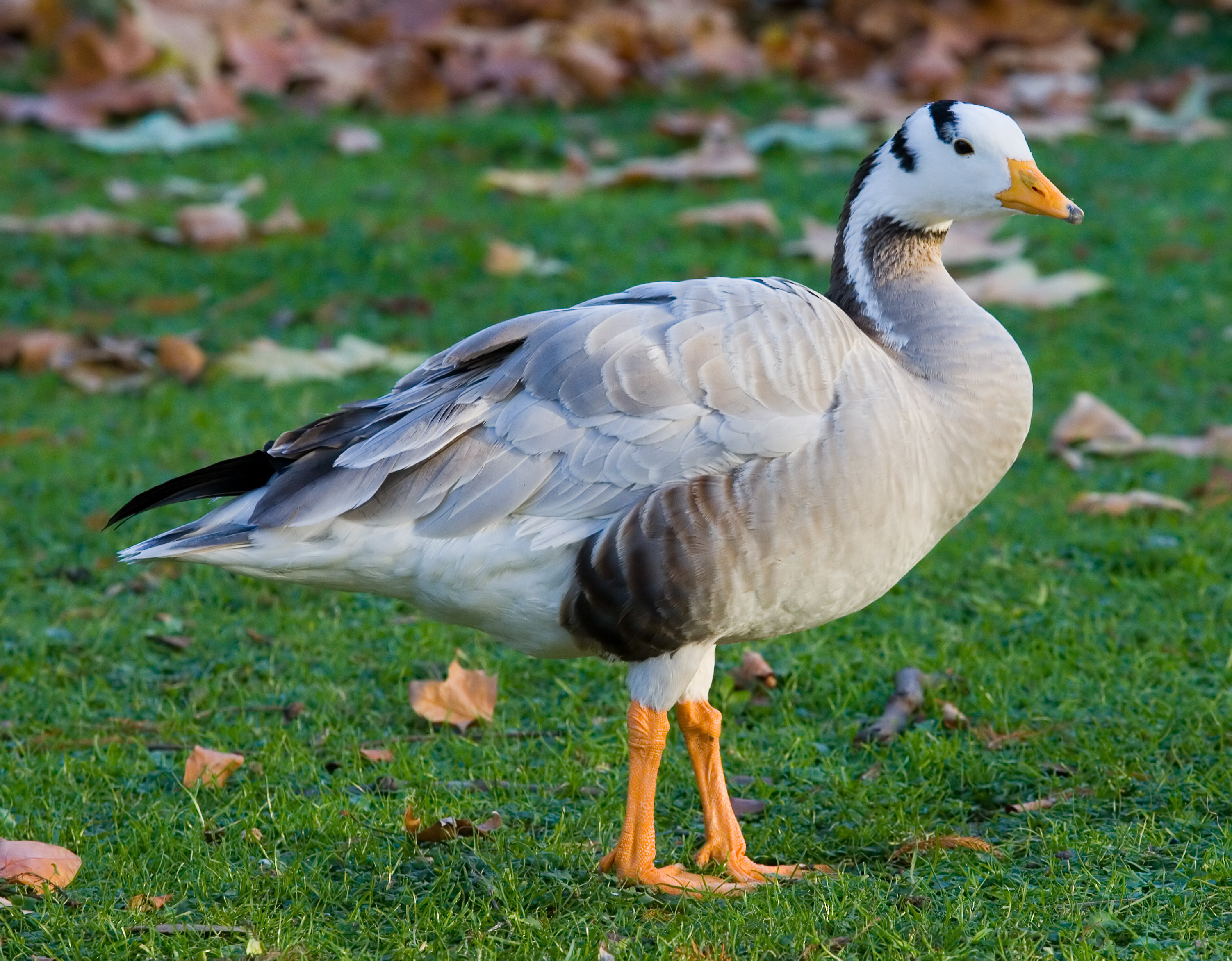


Megapodes
Order:
Galliformes
Galliformes is an order of heavy-bodied ground-feeding birds that includes turkeys, chickens, quail, and other landfowl. Gallinaceous birds, as they are called, are important in their ecosystems as seed dispersers and predators, and are ofte ...
Family:
Megapodiidae
The Megapodiidae are stocky, medium-large chicken-like birds with small heads and large feet. All but the
malleefowl
The malleefowl (''Leipoa ocellata'') is a stocky ground-dwelling Australian bird about the size of a domestic chicken (to which it is distantly related). It is notable for the large nesting mounds constructed by the males and lack of parental ca ...
occupy jungle habitats and most have brown or black colouring. There is one species within India.
Pheasants and allies
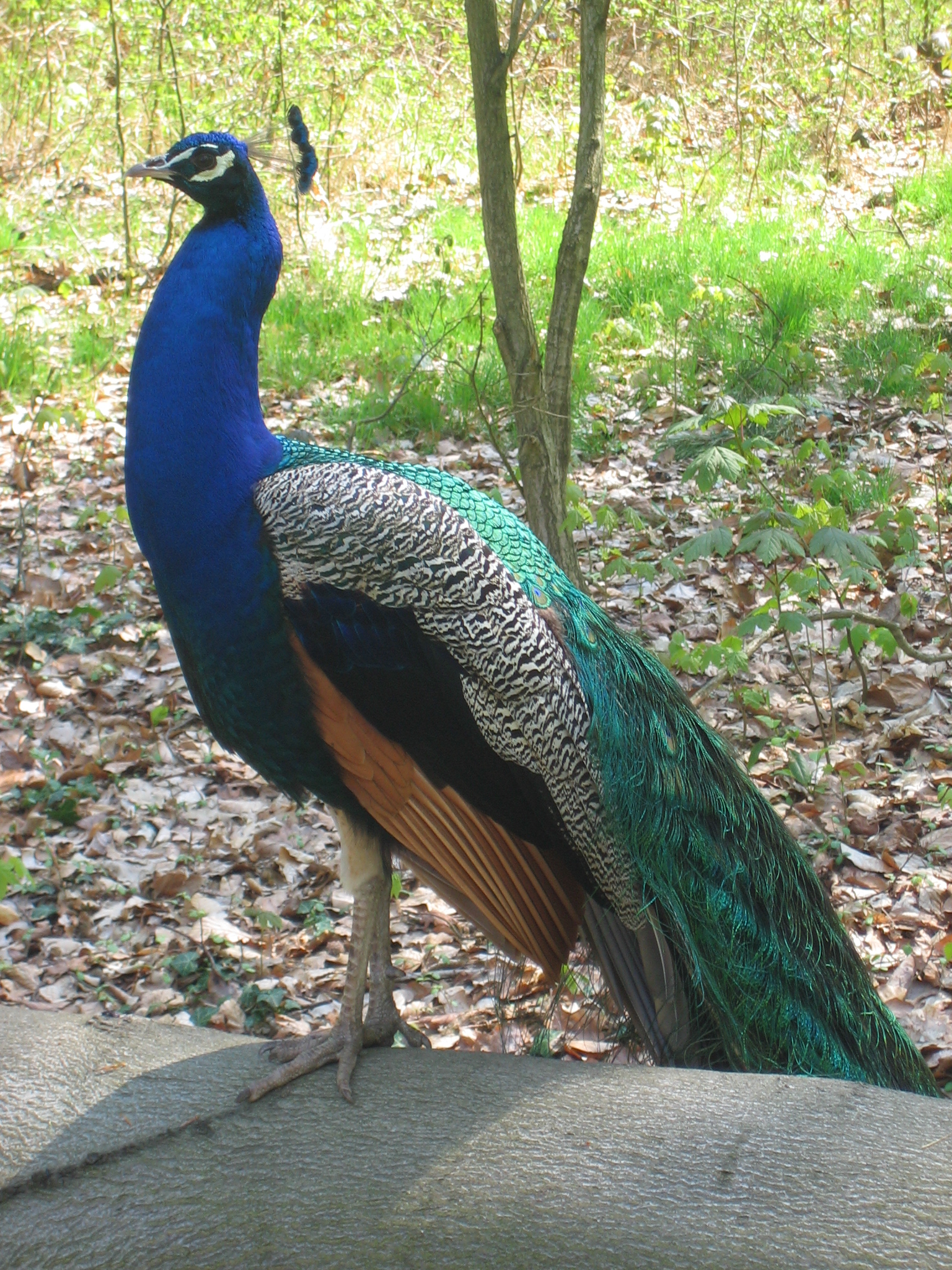

Order:
Galliformes
Galliformes is an order of heavy-bodied ground-feeding birds that includes turkeys, chickens, quail, and other landfowl. Gallinaceous birds, as they are called, are important in their ecosystems as seed dispersers and predators, and are ofte ...
Family:
Phasianidae
The Phasianidae are a family of heavy, ground-living birds, which includes pheasants, partridges, junglefowl, chickens, turkeys, Old World quail, and peafowl. The family includes many of the most popular gamebirds. The family is a large one ...


The Phasianidae are a family of terrestrial birds which consists of
quail
Quail is a collective name for several genera of mid-sized birds generally placed in the order Galliformes. The collective noun for a group of quail is a flock, covey, or bevy.
Old World quail are placed in the family Phasianidae, and New ...
s,
partridge
A partridge is a medium-sized galliform bird in any of several genera, with a wide native distribution throughout parts of Europe, Asia and Africa. Several species have been introduced to the Americas. They are sometimes grouped in the Perd ...
s,
snowcock
The snowcocks or snowfowl are a group of bird species in the genus ''Tetraogallus'' of the pheasant family, Phasianidae. They are ground-nesting birds that breed in the mountain ranges of southern Eurasia from the Caucasus to the Himalayas and we ...
s,
francolin
Francolins are birds in the tribe Gallini that traditionally have been placed in the genus ''Francolinus'', but now commonly are divided into multiple genera.
As previously defined, they were paraphyletic as the genus '' Pternistis'', which wa ...
s, spurfowl,
tragopan
''Tragopan'' is a bird genus in the pheasant family Phasianidae. Member of the genus are commonly called "horned pheasants" because males have two brightly colored, fleshy horns on their head that can be erected during courtship displays. The hab ...
s,
monal
A monal is a bird of genus ''Lophophorus'' of the pheasant family, Phasianidae. Description
The males all have colorful, iridescent plumage. Their physique is rather plump. Their diet consists of plants such as roots and bulbs and insects. D ...
s,
pheasant
Pheasants ( ) are birds of several genera within the family Phasianidae in the order Galliformes. Although they can be found all over the world in introduced (and captive) populations, the pheasant genera native range is restricted to Eurasia ...
s,
peafowl
Peafowl is a common name for three bird species in the genera '' Pavo'' and '' Afropavo'' within the tribe Pavonini of the family Phasianidae, the pheasants and their allies. Male peafowl are referred to as peacocks, and female peafowl are ref ...
s and
jungle fowl
Junglefowl are the only four living species of bird from the genus ''Gallus'' in the bird order Galliformes, and occur in parts of South and Southeast Asia. They diverged from their common ancestor about 4–6 million years ago.
Although origin ...
s. In general, they are plump (although they vary in size) and have broad, relatively short wings.
Frogmouths
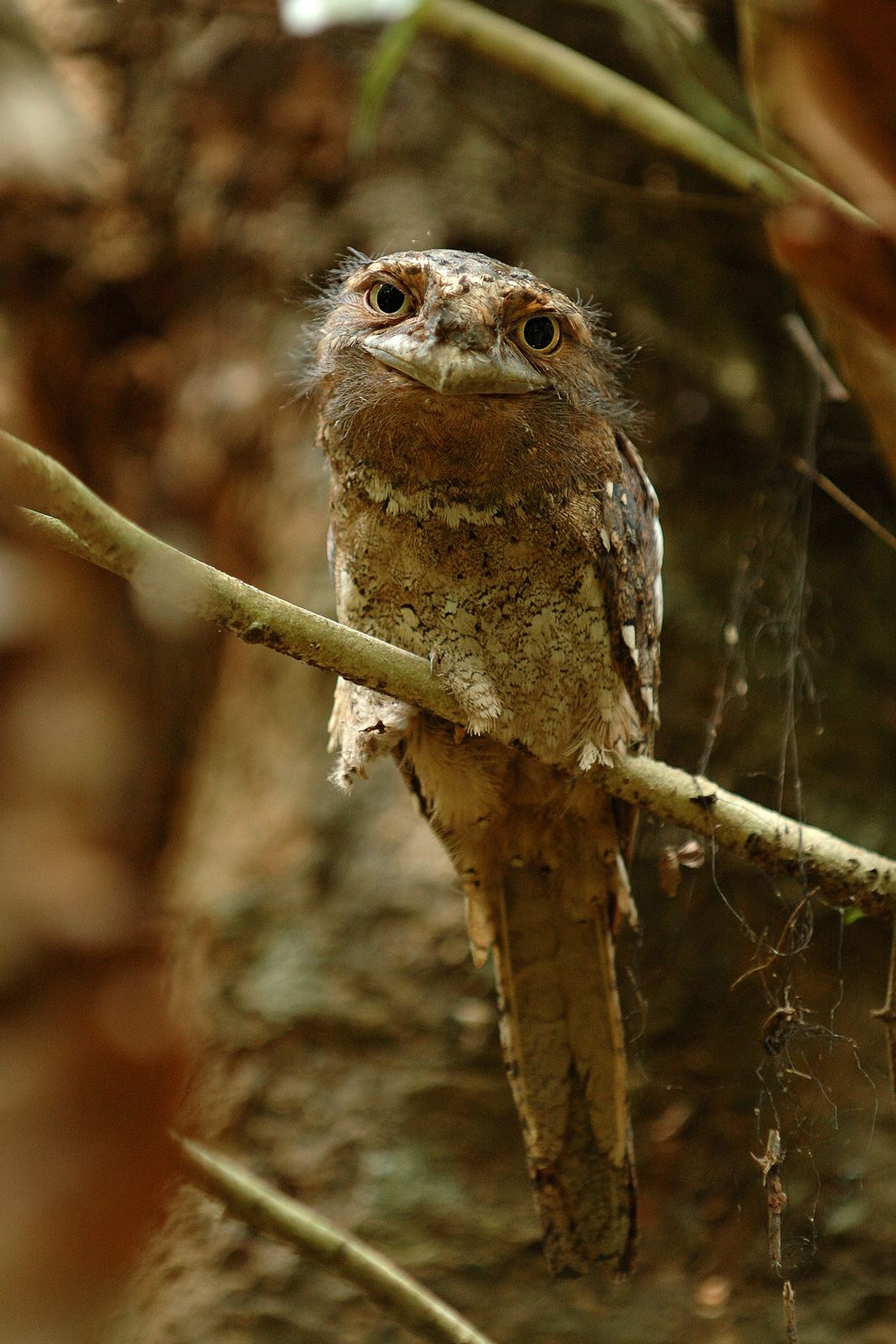
Order:
Podargiformes Vertebrates
Vertebrates () comprise all animal taxa within the subphylum Vertebrata () (chordates with backbones), including all mammals, birds, reptiles, amphibians, and fish. Vertebrates represent the overwhelming majority of the phylum Cho ...
Family:
Podargidae
The frogmouths are a group of nocturnal birds related to the
nightjar
Nightjars are medium-sized nocturnal or crepuscular birds in the family Caprimulgidae and order Caprimulgiformes, characterised by long wings, short legs, and very short bills. They are sometimes called goatsuckers, due to the ancient folk tal ...
s. They are named for their large flattened hooked bill and huge frog-like gape, which they use to take insects. There are two species which have been recorded in India.
Nightjars
Order:
Caprimulgiformes
Nightjars are medium-sized nocturnal or crepuscular birds in the family Caprimulgidae and order Caprimulgiformes, characterised by long wings, short legs, and very short bills. They are sometimes called goatsuckers, due to the ancient folk tal ...
Family:
Caprimulgidae
Nightjar
Nightjars are medium-sized nocturnal or crepuscular birds in the family Caprimulgidae and order Caprimulgiformes, characterised by long wings, short legs, and very short bills. They are sometimes called goatsuckers, due to the ancient folk tal ...
s are medium-sized nocturnal birds that usually nest on the ground. They have long wings, short legs and very short bills. Most have small feet, of little use for walking, and long pointed wings. Their soft plumage is camouflaged to resemble bark or leaves.

Treeswifts

Order:
Apodiformes
Traditionally, the bird order Apodiformes contained three living families: the swifts (Apodidae), the treeswifts (Hemiprocnidae), and the hummingbirds (Trochilidae). In the Sibley-Ahlquist taxonomy, this order is raised to a superorder Apodi ...
Family:
Hemiprocnidae
The treeswifts, or crested swifts, are closely related to the
true swifts. They differ from the other swifts in that they have crests, long forked tails and softer plumage. There is one species which occurs in India.
Swifts

Order:
Apodiformes
Traditionally, the bird order Apodiformes contained three living families: the swifts (Apodidae), the treeswifts (Hemiprocnidae), and the hummingbirds (Trochilidae). In the Sibley-Ahlquist taxonomy, this order is raised to a superorder Apodi ...
Family:
Apodidae
The swifts are a family, Apodidae, of highly aerial birds. They are superficially similar to swallows, but are not closely related to any passerine species. Swifts are placed in the order Apodiformes with hummingbirds. The treeswifts are closely ...
Swift
Swift or SWIFT most commonly refers to:
* SWIFT, an international organization facilitating transactions between banks
** SWIFT code
* Swift (programming language)
* Swift (bird), a family of birds
It may also refer to:
Organizations
* SWIFT, ...
s are small birds which spend the majority of their lives flying. These birds have very short legs and never settle voluntarily on the ground, perching instead only on vertical surfaces. Many swifts have long swept-back wings which resemble a crescent or boomerang. There are 16 species which have been recorded in India.

Bustards

Order:
OtidiformesFamily:
Otididae
Bustards, including floricans and korhaans, are large, terrestrial birds living mainly in dry grassland areas and on the steppes of the Old World. They range in length from . They make up the family Otididae (, formerly known as Otidae). Bustard ...
Bustards are large terrestrial birds mainly associated with dry open country and steppes in the Old World. They are omnivorous and nest on the ground. They walk steadily on strong legs and big toes, pecking for food as they go. They have long broad wings with "fingered" wingtips and striking patterns in flight. Many have interesting mating displays.
Cuckoos
Order:
Cuculiformes
Cuckoos are birds in the Cuculidae family, the sole taxon in the order Cuculiformes . The cuckoo family includes the common or European cuckoo, roadrunners, koels, malkohas, couas, coucals and anis. The coucals and anis are sometimes separa ...
Family:
Cuculidae
Cuckoos are birds in the Cuculidae family, the sole taxon in the order Cuculiformes . The cuckoo family includes the common or European cuckoo, roadrunners, koels, malkohas, couas, coucals and anis. The coucals and anis are sometimes separa ...
The family Cuculidae includes
cuckoo
Cuckoos are birds in the Cuculidae family, the sole taxon in the order Cuculiformes . The cuckoo family includes the common or European cuckoo, roadrunners, koels, malkohas, couas, coucals and anis. The coucals and anis are sometimes separ ...
s,
roadrunner
The roadrunners (genus ''Geococcyx''), also known as chaparral birds or chaparral cocks, are two species of fast-running ground cuckoos with long tails and crests. They are found in the southwestern and south-central United States and Mexico, us ...
s and
anis. These birds are of variable size with slender bodies, long tails and strong legs. Many are
brood parasite
Brood parasites are animals that rely on others to raise their young. The strategy appears among birds, insects and fish. The brood parasite manipulates a host, either of the same or of another species, to raise its young as if it were it ...
s. There are 24 species which have been recorded in India.


Sandgrouse

Order:
Pterocliformes
Sandgrouse is the common name for Pteroclidae , a family of sixteen species of bird, members of the order Pterocliformes . They are traditionally placed in two genera. The two central Asian species are classified as ''Syrrhaptes'' and the oth ...
Family:
Pteroclidae
Sandgrouse is the common name for Pteroclidae , a family of sixteen species of bird, members of the order Pterocliformes . They are traditionally placed in two genera. The two central Asian species are classified as '' Syrrhaptes'' and the othe ...
Sandgrouse have small, pigeon like heads and necks, but sturdy compact bodies. They have long pointed wings and sometimes tails and a fast direct flight. Flocks fly to watering holes at dawn and dusk. Their legs are feathered down to the toes. There are seven species which have been recorded in India. India has the largest number of sandgrouse of any country.
Pigeons and doves

Order:
Columbiformes
Columbidae () is a bird family consisting of doves and pigeons. It is the only family in the order Columbiformes. These are stout-bodied birds with short necks and short slender bills that in some species feature fleshy ceres. They primaril ...
Family:
Columbidae
Columbidae () is a bird family consisting of doves and pigeons. It is the only family in the order Columbiformes. These are stout-bodied birds with short necks and short slender bills that in some species feature fleshy ceres. They primarily ...
Pigeon
Columbidae () is a bird family consisting of doves and pigeons. It is the only family in the order Columbiformes. These are stout-bodied birds with short necks and short slender bills that in some species feature fleshy ceres. They primarily ...
s and
dove
Columbidae () is a bird family consisting of doves and pigeons. It is the only family in the order Columbiformes. These are stout-bodied birds with short necks and short slender bills that in some species feature fleshy ceres. They primarily ...
s are stout-bodied birds with short necks and short slender bills with a fleshy
cere
The beak, bill, or rostrum is an external anatomical structure found mostly in birds, but also in turtles, non-avian dinosaurs and a few mammals. A beak is used for eating, preening, manipulating objects, killing prey, fighting, probing for food ...
.


Finfoots
Order:
GruiformesFamily:
Heliornithidae
The Heliornithidae are a small family of tropical birds with webbed lobes on their feet like those of grebes and coots. The family overall are known as finfoots, although one species is known as a sungrebe. The family is composed of three spec ...
Heliornithidae is a small family of tropical birds with webbed lobes on their feet similar to those of grebes and coots. There is one species which occurs in India.
Rails, crakes, and coots

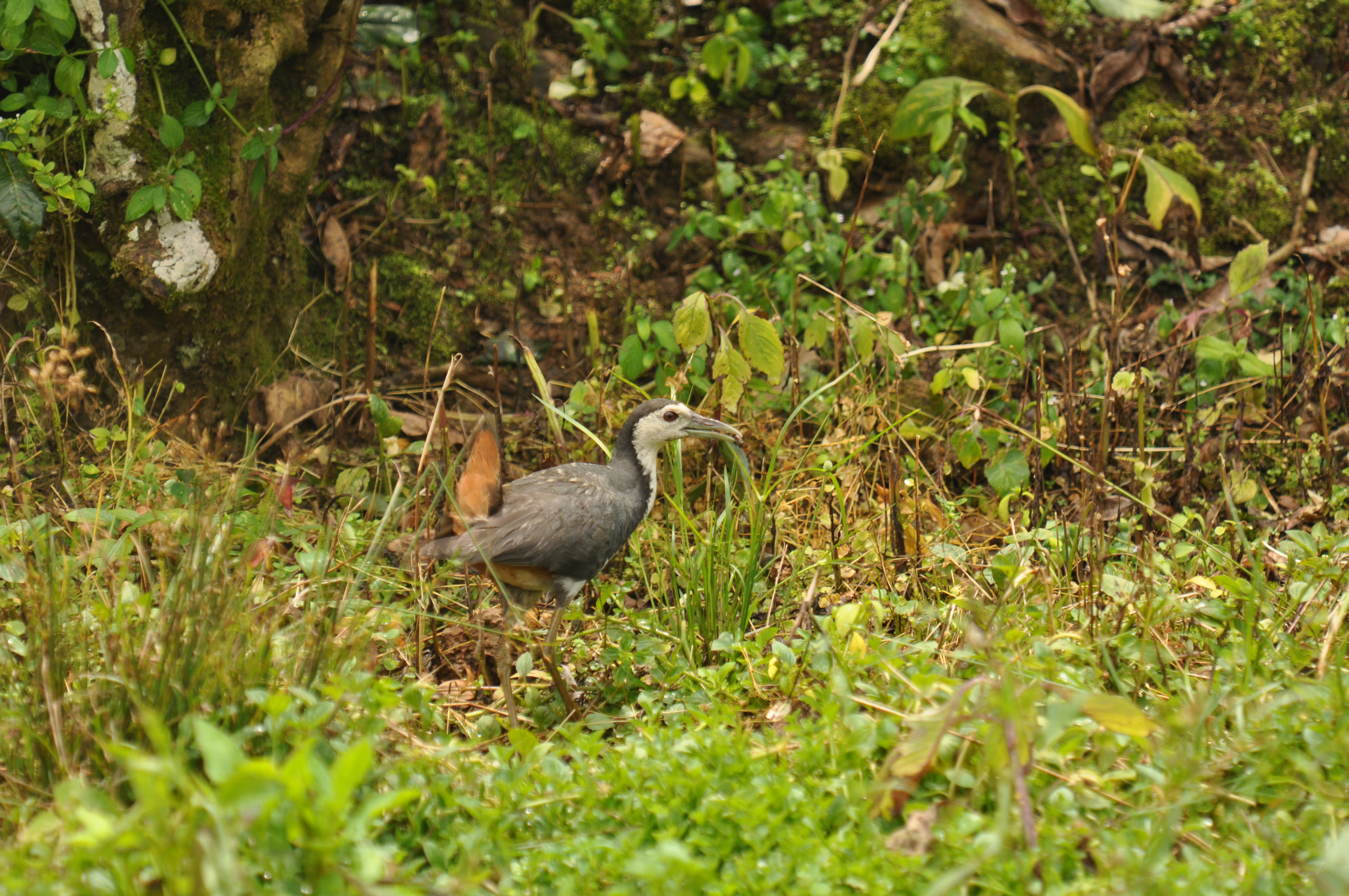
Order:
GruiformesFamily:
Rallidae
The rails, or Rallidae, are a large cosmopolitan family of small- to medium-sized, ground-living birds. The family exhibits considerable diversity and includes the crakes, coots, and gallinules. Many species are associated with wetlands, alth ...
Rallidae is a large family of small to medium-sized birds which includes the
rails
Rail or rails may refer to:
Rail transport
*Rail transport and related matters
*Rail (rail transport) or railway lines, the running surface of a railway
Arts and media Film
* ''Rails'' (film), a 1929 Italian film by Mario Camerini
* ''Rail'' ( ...
,
crake
The rails, or Rallidae, are a large cosmopolitan family of small- to medium-sized, ground-living birds. The family exhibits considerable diversity and includes the crakes, coots, and gallinules. Many species are associated with wetlands, althou ...
s,
coot
Coots are medium-sized water birds that are members of the rail family, Rallidae. They constitute the genus ''Fulica'', the name being the Latin term for "coot". Coots have predominantly black plumage, and—unlike many rails—they are usually ...
s and
gallinule
Moorhens—sometimes called marsh hens—are medium-sized water birds that are members of the rail family (Rallidae). Most species are placed in the genus ''Gallinula'', Latin for "little hen".
They are close relatives of coots. They are of ...
s. Typically they inhabit dense vegetation in damp environments near lakes, swamps or rivers. In general they are shy and secretive birds, making them difficult to observe. Most species have strong legs and long toes which are well adapted to soft uneven surfaces. They tend to have short, rounded wings and to be weak fliers.

Cranes
Order:
GruiformesFamily:
Gruidae
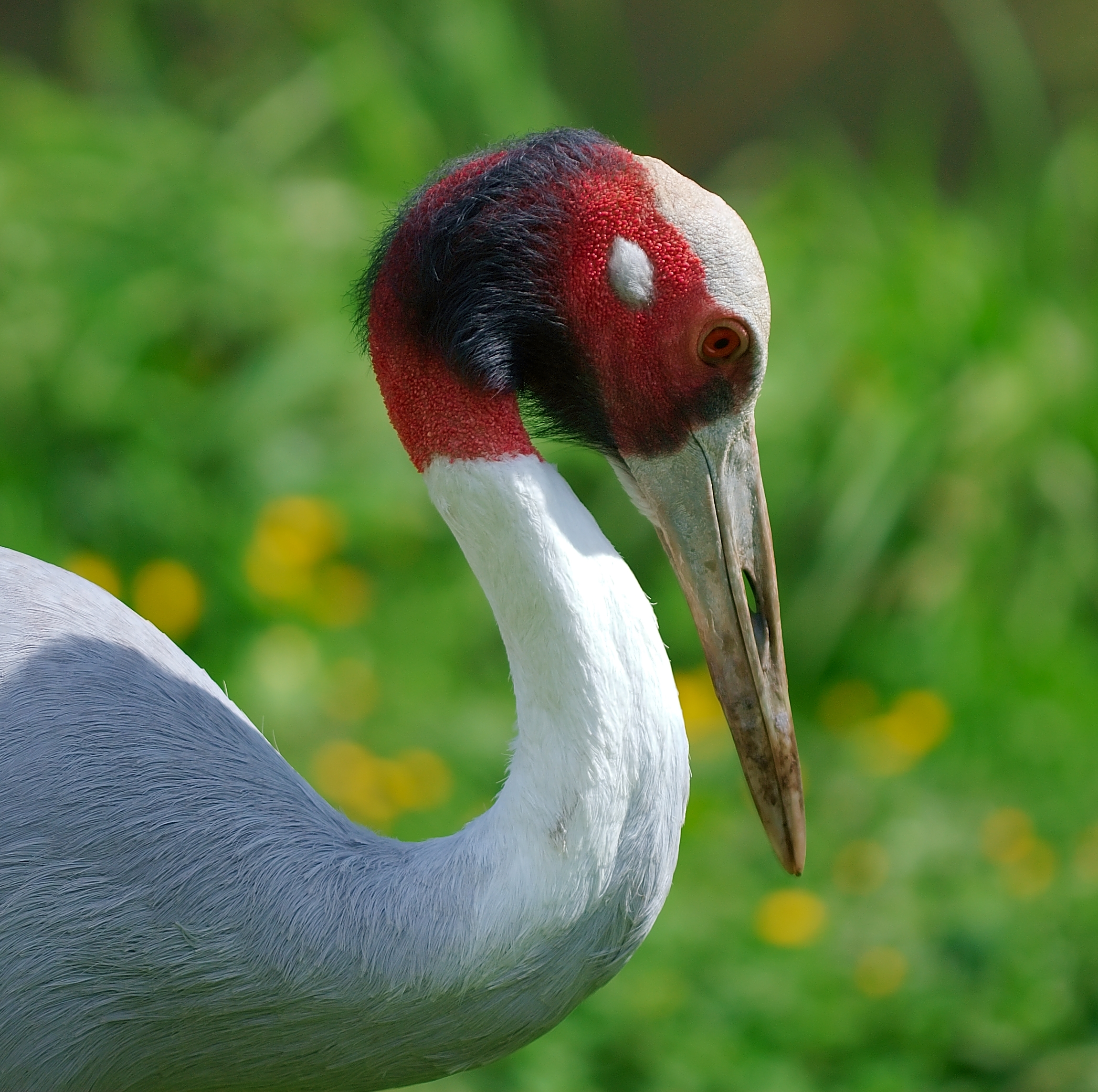
Cranes are large, long-legged and long-necked birds. Unlike the similar-looking but unrelated herons, cranes fly with necks outstretched, not pulled back. Most have elaborate and noisy courting displays or "dances". There are five species which have been recorded in India.
The
hooded crane
The hooded crane (''Grus monacha'') is a crane native to East Asia and a frequent migratory bird in Japan.
Description
It has a grey body. The top of the neck and head is white, except for a patch of bare red skin above the eye. It is one of t ...
, ''Grus monacha,'' was included in many older lists but is considered hypothetical (Rasmussen and Anderton, 2005) or even extirpated
[BirdLife International. 2016. Grus monacha. The IUCN Red List of Threatened Species 2016: e.T22692151A93337861. https://dx.doi.org/10.2305/IUCN.UK.2016-3.RLTS.T22692151A93337861.en. Downloaded on 03 April 2021.] by more recent workers.
Grebes

Order:
PodicipediformesFamily:
Podicipedidae
Grebe
Grebes () are aquatic diving birds in the order Podicipediformes . Grebes are widely distributed freshwater birds, with some species also found in marine habitats during migration and winter. Some flightless species exist as well, most notably ...
s are small to medium-large freshwater diving birds. They have lobed toes and are excellent swimmers and divers. However, they have their feet placed far back on the body, making them quite ungainly on land. There are five species which have been recorded in India.
Flamingos

Order:
Phoenicopteriformes
Phoenicopteriformes is a group of water birds which comprises flamingos and their extinct relatives. Flamingos (Phoenicopteriformes) and the closely related grebes ( Podicipedidae) are contained in the parent clade Mirandornithes.
Fossil re ...
Family:
Phoenicopteridae
Flamingo
Flamingos or flamingoes are a type of wading bird in the family Phoenicopteridae, which is the only extant family in the order Phoenicopteriformes. There are four flamingo species distributed throughout the Americas (including the Caribbea ...
s are gregarious wading birds, usually tall, found in both the Western and Eastern Hemispheres. Flamingos filter-feed on shellfish and algae. Their oddly shaped beaks are specially adapted to separate mud and silt from the food they consume and, uniquely, are used upside-down. There are two species which have been recorded in India.
Buttonquail
Order:
Charadriiformes
Charadriiformes (, from ''Charadrius'', the type genus of family Charadriidae) is a diverse order of small to medium-large birds. It includes about 390 species and has members in all parts of the world. Most charadriiform birds live near water a ...
Family:
Turnicidae
Buttonquail or hemipodes are members of a small family of birds, Turnicidae, which resemble, but are unrelated to, the quails of Phasianidae. They inhabit warm grasslands in Asia, Africa, Europe, and Australia. There are 18 species in two genera ...
The buttonquail are small, drab, running birds which resemble the true quails. The female is the brighter of the sexes and initiates courtship. The male incubates the eggs and tends the young. There are three species which have been recorded in India.
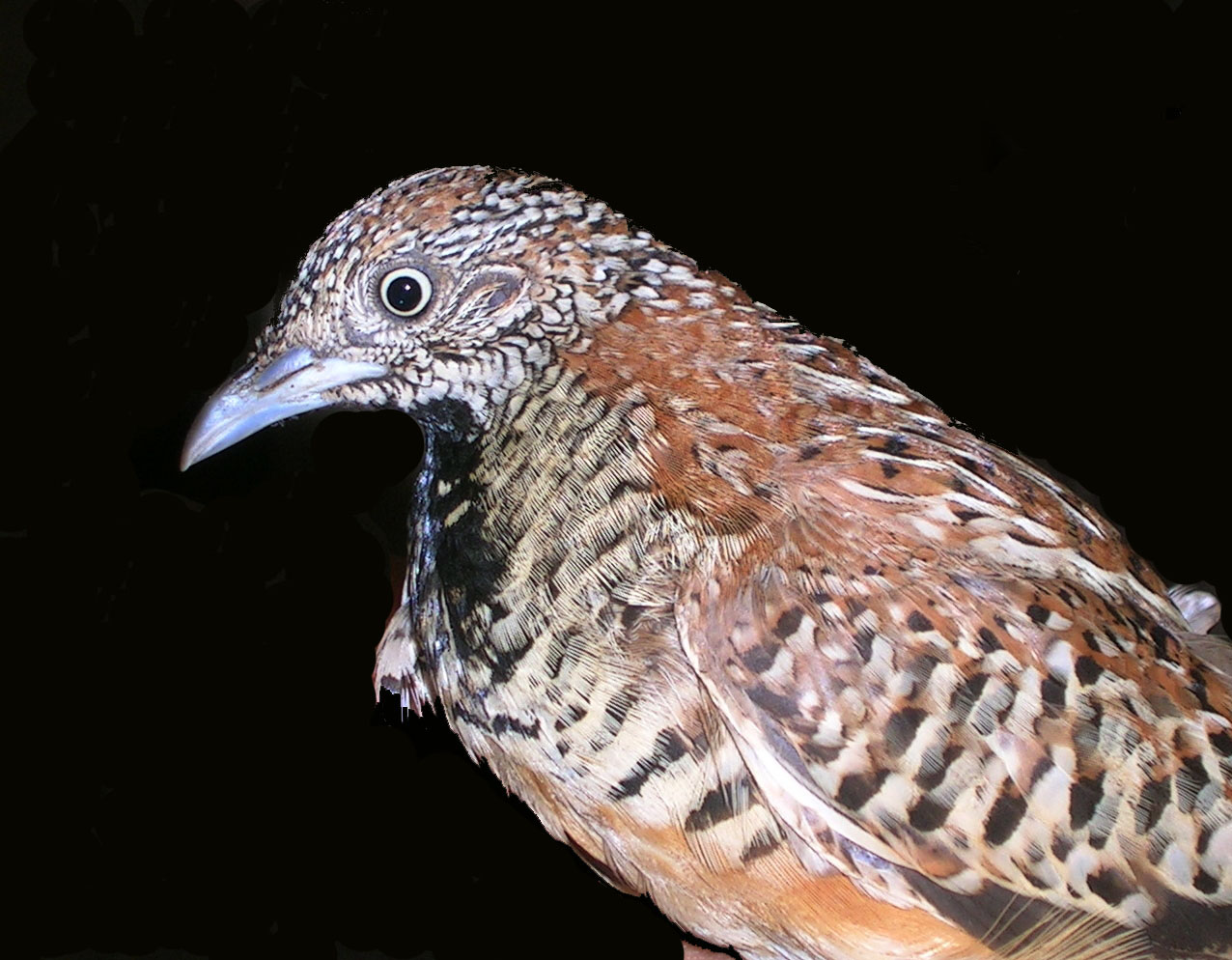
Stone-curlews and thick-knees
Order:
Charadriiformes
Charadriiformes (, from ''Charadrius'', the type genus of family Charadriidae) is a diverse order of small to medium-large birds. It includes about 390 species and has members in all parts of the world. Most charadriiform birds live near water a ...
Family:
Burhinidae

Stone-curlews are a group of largely tropical waders in the family Burhinidae. They are found worldwide within the tropical zone, with some species also breeding in temperate Europe and Australia. They are medium to large waders with strong black or yellow-black bills, large yellow eyes and
cryptic
Cryptic may refer to:
In science:
* Cryptic species complex, a group of species that are very difficult to distinguish from one another
* Crypsis, the ability of animals to blend in to avoid observation
* Cryptic era, earliest period of the Earth ...
plumage. Despite being classed as waders, most species have a preference for arid or semi-arid habitats.
Oystercatchers

Order:
Charadriiformes
Charadriiformes (, from ''Charadrius'', the type genus of family Charadriidae) is a diverse order of small to medium-large birds. It includes about 390 species and has members in all parts of the world. Most charadriiform birds live near water a ...
Family:
Haematopodidae
The
oystercatcher
The oystercatchers are a group of waders forming the family Haematopodidae, which has a single genus, ''Haematopus''. They are found on coasts worldwide apart from the polar regions and some tropical regions of Africa and South East Asia. The ...
s are large and noisy
plover
Plovers ( , ) are a widely distributed group of wading birds belonging to the subfamily Charadriinae.
Description
There are about 66 species in the subfamily, most of them called "plover" or "dotterel". The closely related lapwing subf ...
-like birds, with strong bills used for smashing or prising open
mollusc
Mollusca is the second-largest phylum of invertebrate animals after the Arthropoda, the members of which are known as molluscs or mollusks (). Around 85,000 extant species of molluscs are recognized. The number of fossil species is est ...
s. There is one species which occurs in India.
Ibisbill

Order:
Charadriiformes
Charadriiformes (, from ''Charadrius'', the type genus of family Charadriidae) is a diverse order of small to medium-large birds. It includes about 390 species and has members in all parts of the world. Most charadriiform birds live near water a ...
Family:
Ibidorhynchidae
The ibisbill (''Ibidorhyncha struthersii'') is a bird related to the waders, but sufficiently distinctive to merit its own family Ibidorhynchidae. It is grey with a white belly, red legs and long down-curved bill, and a black face and black breas ...
The ibisbill is related to the
wader
245px, A flock of Dunlins and Red knots">Red_knot.html" ;"title="Dunlins and Red knot">Dunlins and Red knots
Waders or shorebirds are birds of the order Charadriiformes commonly found wikt:wade#Etymology 1, wading along shorelines and mudflat ...
s, but is sufficiently distinctive to be a family unto itself. The adult is grey with a white belly, red legs, a long down curved bill, and a black face and breast band.
Stilts and avocets
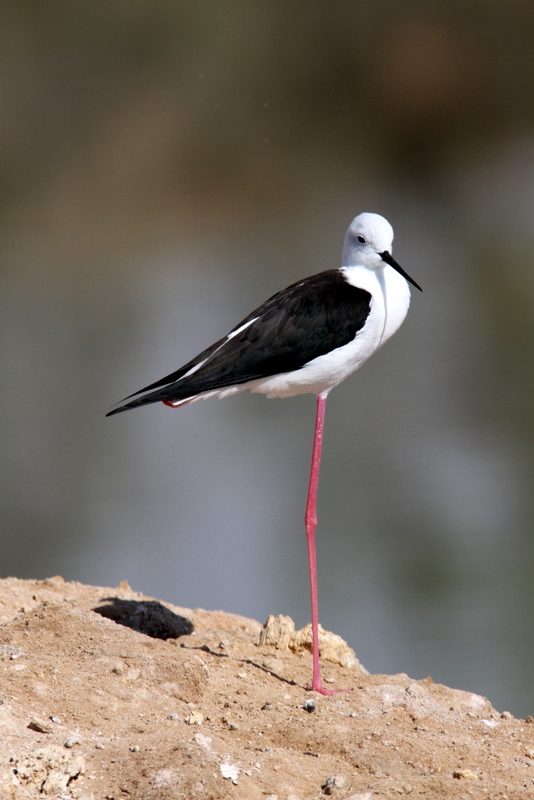
Order:
Charadriiformes
Charadriiformes (, from ''Charadrius'', the type genus of family Charadriidae) is a diverse order of small to medium-large birds. It includes about 390 species and has members in all parts of the world. Most charadriiform birds live near water a ...
Family:
Recurvirostridae
The Recurvirostridae are a family of birds in the wader suborder Charadrii. It contains two distinct groups of birds, the avocets (one genus) and the stilts (two genera).
Description
Avocets and stilts range in length from and in weight fro ...
Recurvirostridae is a family of large wading birds, which includes the
avocet
The four species of avocets are a genus, ''Recurvirostra'', of waders in the same avian family as the stilts. The genus name comes from Latin , 'curved backwards' and , 'bill'. The common name is thought to derive from the Italian ( Ferrarese) ...
s and
stilts. The avocets have long legs and long up-curved bills. The stilts have extremely long legs and long, thin, straight bills. There are two species which have been recorded in India.
Plovers

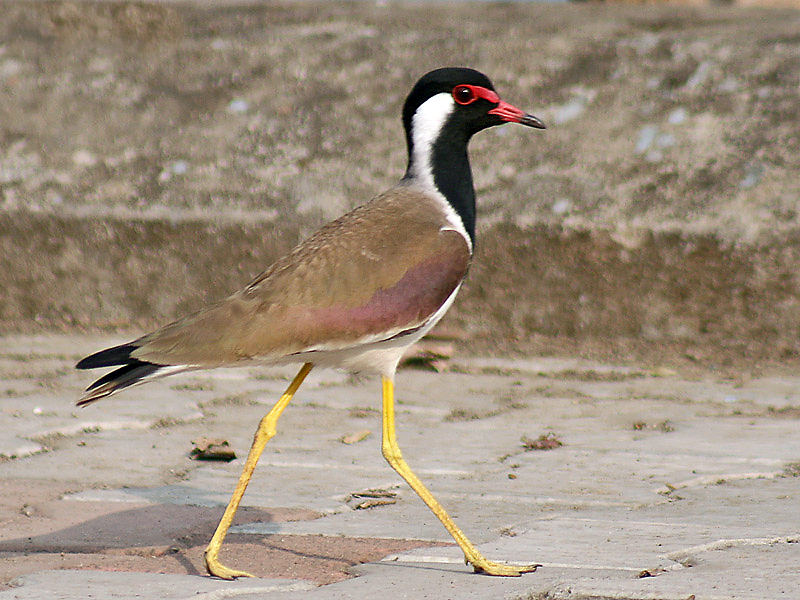
Order:
Charadriiformes
Charadriiformes (, from ''Charadrius'', the type genus of family Charadriidae) is a diverse order of small to medium-large birds. It includes about 390 species and has members in all parts of the world. Most charadriiform birds live near water a ...
Family:
Charadriidae
The bird family Charadriidae includes the plovers, dotterels, and lapwings, about 64 to 68 species in all.
Taxonomy
The family Charadriidae was introduced (as Charadriadæ) by the English zoologist William Elford Leach in a guide to the con ...
The family Charadriidae includes the
plover
Plovers ( , ) are a widely distributed group of wading birds belonging to the subfamily Charadriinae.
Description
There are about 66 species in the subfamily, most of them called "plover" or "dotterel". The closely related lapwing subf ...
s,
dotterel
The Eurasian dotterel (''Charadrius morinellus''), also known in Europe as just dotterel, is a small wader in the plover family of birds.
The dotterel is a brown and black streaked bird with a broad white eye-stripe and an orange-red chest ban ...
s and
lapwing
Lapwings (subfamily Vanellinae) are any of various ground-nesting birds (family Charadriidae) akin to plovers and dotterels. They range from in length, and are noted for their slow, irregular wingbeats in flight and a shrill, wailing cry. A gro ...
s. They are small to medium-sized birds with compact bodies, short, thick necks and long, usually pointed, wings. They are found in open country worldwide, mostly in habitats near water. There are 20 species which have been recorded in India.
Painted-snipes

Order:
Charadriiformes
Charadriiformes (, from ''Charadrius'', the type genus of family Charadriidae) is a diverse order of small to medium-large birds. It includes about 390 species and has members in all parts of the world. Most charadriiform birds live near water a ...
Family:
Rostratulidae
The Rostratulidae, commonly known as the painted-snipes, are a family of wading birds that consists of two genera: ''Rostratula'' and '' Nycticryphes''.
Description
The painted-snipes are short-legged, long-billed birds similar in shape to the ...
Painted-snipes are short-legged, long-billed birds similar in shape to the true snipes, but more brightly coloured. There is one species which occurs in India.
Jacanas
Order:
Charadriiformes
Charadriiformes (, from ''Charadrius'', the type genus of family Charadriidae) is a diverse order of small to medium-large birds. It includes about 390 species and has members in all parts of the world. Most charadriiform birds live near water a ...
Family:
Jacanidae
The jacanas (sometimes referred to as Jesus birds or lily trotters) are a group of tropical waders in the family Jacanidae. They are found in the tropical regions around the world. They are noted for their elongated toes and toenails that allow ...
The jacanas are a group of tropical waders in the family Jacanidae. They are found throughout the tropics. They are identifiable by their huge feet and claws which enable them to walk on floating vegetation in the shallow lakes that are their preferred habitat. There are two species which have been recorded in India.
Sandpipers and snipes
Order:
Charadriiformes
Charadriiformes (, from ''Charadrius'', the type genus of family Charadriidae) is a diverse order of small to medium-large birds. It includes about 390 species and has members in all parts of the world. Most charadriiform birds live near water a ...
Family:
Scolopacidae
Sandpipers are a large family, Scolopacidae, of waders. They include many species called sandpipers, as well as those called by names such as curlew and snipe. The majority of these species eat small invertebrates picked out of the mud or soil ...
Scolopacidae is a large diverse family of small to medium-sized shorebirds including the
sandpiper
Sandpipers are a large family, Scolopacidae, of waders. They include many species called sandpipers, as well as those called by names such as curlew and snipe. The majority of these species eat small invertebrates picked out of the mud or soil ...
s,
curlew
The curlews () are a group of nine species of birds in the genus ''Numenius'', characterised by their long, slender, downcurved bills and mottled brown plumage. The English name is imitative of the Eurasian curlew's call, but may have been in ...
s,
godwit
The godwits are a group of large, long-billed, long-legged and strongly migratory waders of the bird genus ''Limosa''. Their long bills allow them to probe deeply in the sand for aquatic worms and molluscs. In their winter range, they floc ...
s,
shanks,
tattlers,
woodcock
The woodcocks are a group of seven or eight very similar living species of wading birds in the genus ''Scolopax''. The genus name is Latin for a snipe or woodcock, and until around 1800 was used to refer to a variety of waders. The English ...
s,
snipe
A snipe is any of about 26 wading bird species in three genera in the family Scolopacidae. They are characterized by a very long, slender bill, eyes placed high on the head, and cryptic/ camouflaging plumage. The '' Gallinago'' snipes have ...
s,
dowitchers and
phalarope
__NOTOC__
A phalarope is any of three living species of slender-necked shorebirds in the genus ''Phalaropus'' of the bird family Scolopacidae.
Phalaropes are close relatives of the shanks and tattlers, the '' Actitis'' and Terek sandpipers ...
s. The majority of these species eat small invertebrates picked out of the mud or soil. Variation in length of legs and bills enables multiple species to feed in the same habitat, particularly on the coast, without direct competition for food. There are 41 species which have been recorded in India.



Crab-plover

Order:
Charadriiformes
Charadriiformes (, from ''Charadrius'', the type genus of family Charadriidae) is a diverse order of small to medium-large birds. It includes about 390 species and has members in all parts of the world. Most charadriiform birds live near water a ...
Family:
Dromadidae
The crab-plover or crab plover (''Dromas ardeola)'' is a bird related to the waders, but sufficiently distinctive to merit its own family Dromadidae. Its relationship within the Charadriiformes is unclear, some have considered it to be closely ...
The crab-plover is related to the waders. It resembles a plover but with very long grey legs and a strong heavy black bill similar to a tern. It has black-and-white plumage, a long neck, partially webbed feet and a bill designed for eating crabs.
Coursers and pratincoles
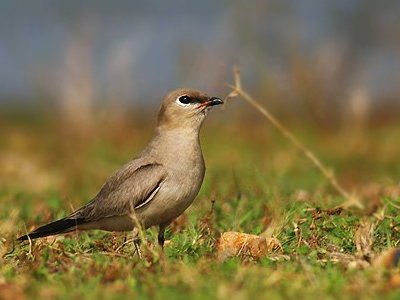
Order:
Charadriiformes
Charadriiformes (, from ''Charadrius'', the type genus of family Charadriidae) is a diverse order of small to medium-large birds. It includes about 390 species and has members in all parts of the world. Most charadriiform birds live near water a ...
Family:
Glareolidae
Glareolidae is a family of wading birds comprising the
pratincoles, which have short legs, long pointed wings and long forked tails, and the
coursers, which have long legs, short wings and long, pointed bills which curve downwards. There are six species which have been recorded in India.
Gulls, terns, and skimmers
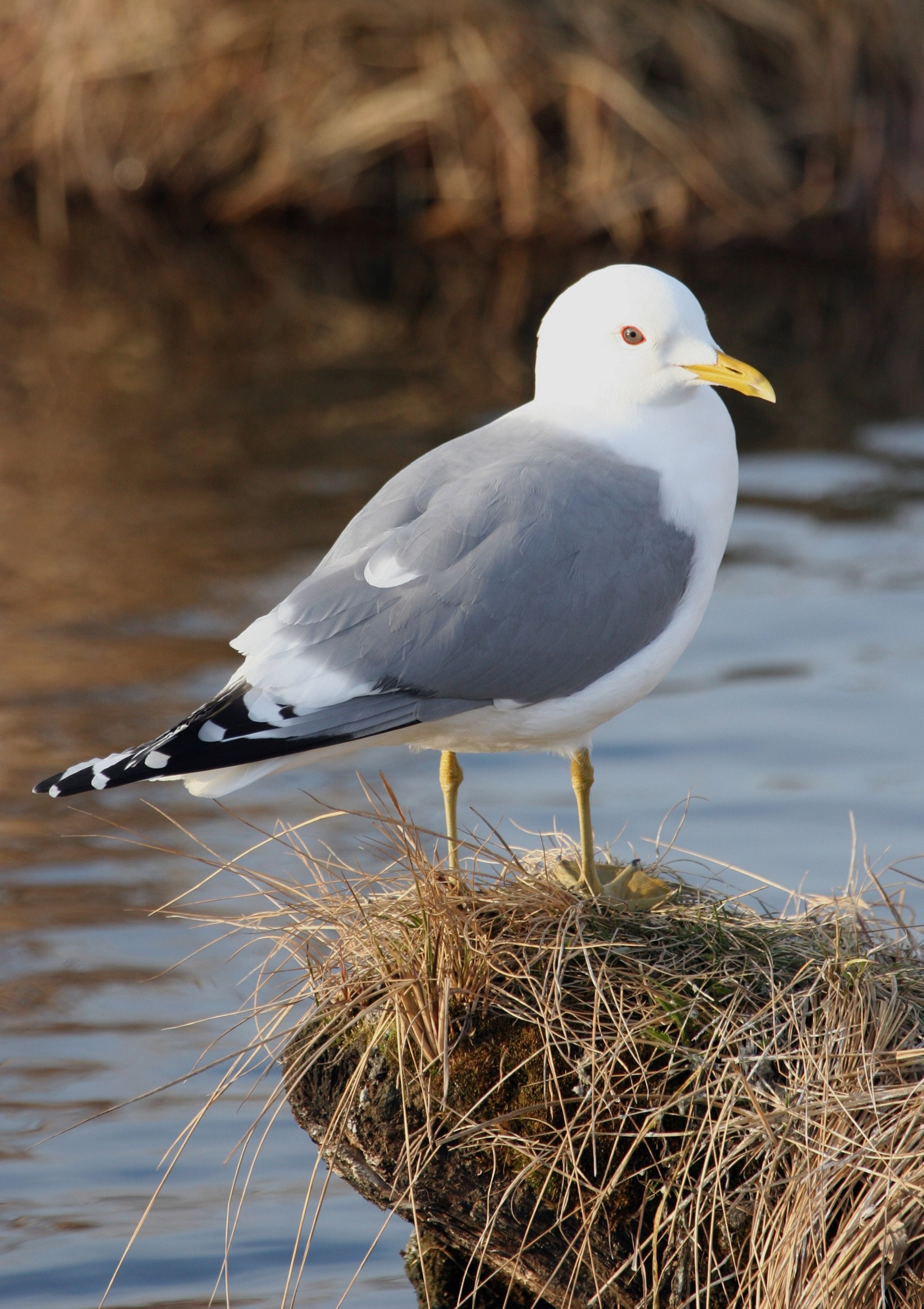

Order:
Charadriiformes
Charadriiformes (, from ''Charadrius'', the type genus of family Charadriidae) is a diverse order of small to medium-large birds. It includes about 390 species and has members in all parts of the world. Most charadriiform birds live near water a ...
Family:
Laridae
Laridae is a family of seabirds in the order Charadriiformes that includes the gulls, terns, skimmers and kittiwakes. It includes around 100 species arranged into 22 genera. They are an adaptable group of mostly aerial birds found worldwide. ...
Laridae is a family of medium to large
seabird
Seabirds (also known as marine birds) are birds that are adapted to life within the marine environment. While seabirds vary greatly in lifestyle, behaviour and physiology, they often exhibit striking convergent evolution, as the same envir ...
s, the
gull
Gulls, or colloquially seagulls, are seabirds of the family Laridae in the suborder Lari. They are most closely related to the terns and skimmers and only distantly related to auks, and even more distantly to waders. Until the 21st century ...
s,
tern
Terns are seabirds in the family Laridae that have a worldwide distribution and are normally found near the sea, rivers, or wetlands. Terns are treated as a subgroup of the family Laridae which includes gulls and skimmers and consists of e ...
s, and
skimmer
Skimmer may refer to: Animals
*Skimmer (bird), a common name for birds in the genus ''Rynchops''
*Skimmer (dragonfly), a common name for dragonflies in the family Libellulidae
*Water strider or skimmer, a common name for insects in the family Ge ...
s. Gulls are typically grey or white, often with black markings on the head or wings. They have stout, longish bills and webbed feet. Terns are a group of generally medium to large seabirds typically with grey or white plumage, often with black markings on the head. Most terns hunt fish by diving but some pick insects off the surface of fresh water. Terns are generally long-lived birds, with several species known to live in excess of 30 years. Skimmers are a small family of tropical tern-like birds. They have an elongated lower mandible which they use to feed by flying low over the water surface and skimming the water for small fish.


Skuas

Order:
Charadriiformes
Charadriiformes (, from ''Charadrius'', the type genus of family Charadriidae) is a diverse order of small to medium-large birds. It includes about 390 species and has members in all parts of the world. Most charadriiform birds live near water a ...
Family:
Stercorariidae
The family Stercorariidae are, in general, medium to large birds, typically with grey or brown plumage, often with white markings on the wings. They nest on the ground in temperate and arctic regions and are long-distance migrants. There are five species which have been recorded in India.
Tropicbirds

Order:
Phaethontiformes
The Phaethontiformes are an order of birds. They contain one extant family, the tropicbirds (Phaethontidae), and one extinct family Prophaethontidae from the early Cenozoic. Several fossil genera have been described.
The tropicbirds were tradit ...
Family:
Phaethontidae
Tropicbird
Tropicbirds are a family, Phaethontidae, of tropical pelagic seabirds. They are the sole living representatives of the order Phaethontiformes. For many years they were considered part of the Pelecaniformes, but genetics indicates they are most cl ...
s are slender white birds of tropical oceans, with exceptionally long central tail feathers. Their heads and long wings have black markings.
Loons
Order:
Gaviiformes
Gaviiformes is an order of aquatic birds containing the loons or divers and their closest extinct relatives. Modern gaviiformes are found in many parts of North America and northern Eurasia (Europe, Asia and debatably Africa), though prehistoric ...
Family:
Gaviidae
Loons, known as "divers" in Europe, are a group of aquatic birds found in northern North America and northern Eurasia. They are the size of a large duck or small goose, which they somewhat resemble when swimming, but to which they are completely unrelated. There are two species which have been recorded in India.
Austral storm petrels

Order:
Procellariiformes
Procellariiformes is an order of seabirds that comprises four families: the albatrosses, the petrels and shearwaters, and two families of storm petrels. Formerly called Tubinares and still called tubenoses in English, procellariiforms are oft ...
Family:
Oceanitidae
Austral storm petrels, or southern storm petrels, are seabirds in the family Oceanitidae, part of the order Procellariiformes. These smallest of seabirds feed on planktonic crustaceans and small fish picked from the surface, typically while hove ...
The
storm petrel
Storm-petrel may refer to one of two bird families, both in the order Procellariiformes, once treated as the same family.
The two families are:
* Northern storm petrels (''Hydrobatidae'') are found in the Northern Hemisphere, although some speci ...
s are relatives of the
petrel
Petrels are tube-nosed seabirds in the bird order Procellariiformes.
Description
The common name does not indicate relationship beyond that point, as "petrels" occur in three of the four families within that group (all except the albatross f ...
s and are the smallest seabirds. They feed on
plankton
Plankton are the diverse collection of organisms found in water (or air) that are unable to propel themselves against a current (or wind). The individual organisms constituting plankton are called plankters. In the ocean, they provide a cruc ...
ic crustaceans and small fish picked from the surface, typically while hovering. The flight is fluttering and sometimes
bat-like.
Northern storm petrels
Order:
Procellariiformes
Procellariiformes is an order of seabirds that comprises four families: the albatrosses, the petrels and shearwaters, and two families of storm petrels. Formerly called Tubinares and still called tubenoses in English, procellariiforms are oft ...
Family:
Hydrobatidae
The
northern storm petrels are relatives of the
petrel
Petrels are tube-nosed seabirds in the bird order Procellariiformes.
Description
The common name does not indicate relationship beyond that point, as "petrels" occur in three of the four families within that group (all except the albatross f ...
s and are the smallest seabirds. They feed on
plankton
Plankton are the diverse collection of organisms found in water (or air) that are unable to propel themselves against a current (or wind). The individual organisms constituting plankton are called plankters. In the ocean, they provide a cruc ...
ic crustaceans and small fish picked from the surface, typically while hovering. The flight is fluttering and sometimes
bat-like.
Petrels, shearwaters, and diving petrels
Order:
Procellariiformes
Procellariiformes is an order of seabirds that comprises four families: the albatrosses, the petrels and shearwaters, and two families of storm petrels. Formerly called Tubinares and still called tubenoses in English, procellariiforms are oft ...
Family:
Procellariidae
The family Procellariidae is a group of seabirds that comprises the fulmarine petrels, the gadfly petrels, the diving petrels, the prions, and the shearwaters. This family is part of the bird order Procellariiformes (or tubenoses), which als ...
The procellariids are the main group of medium-sized "true petrels", characterised by united nostrils with medium septum and a long outer functional primary. There are 9 species which have been recorded in India.
Storks
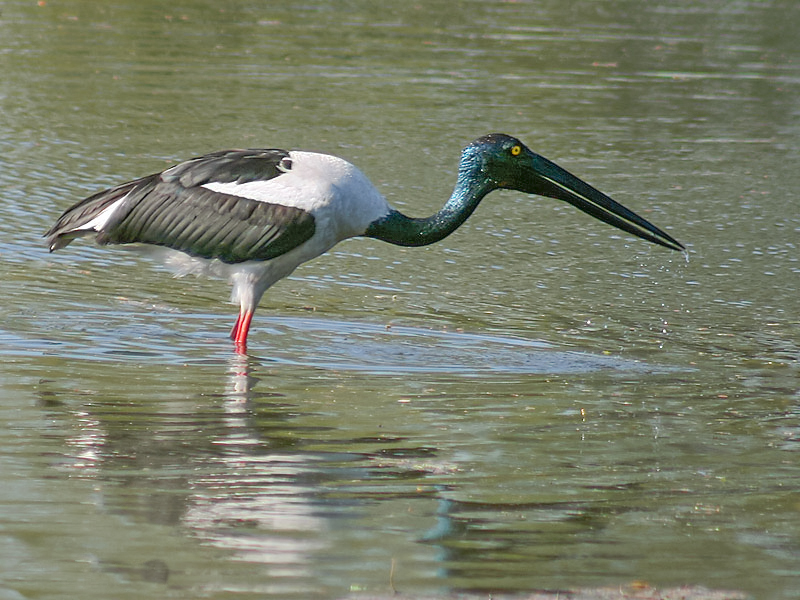
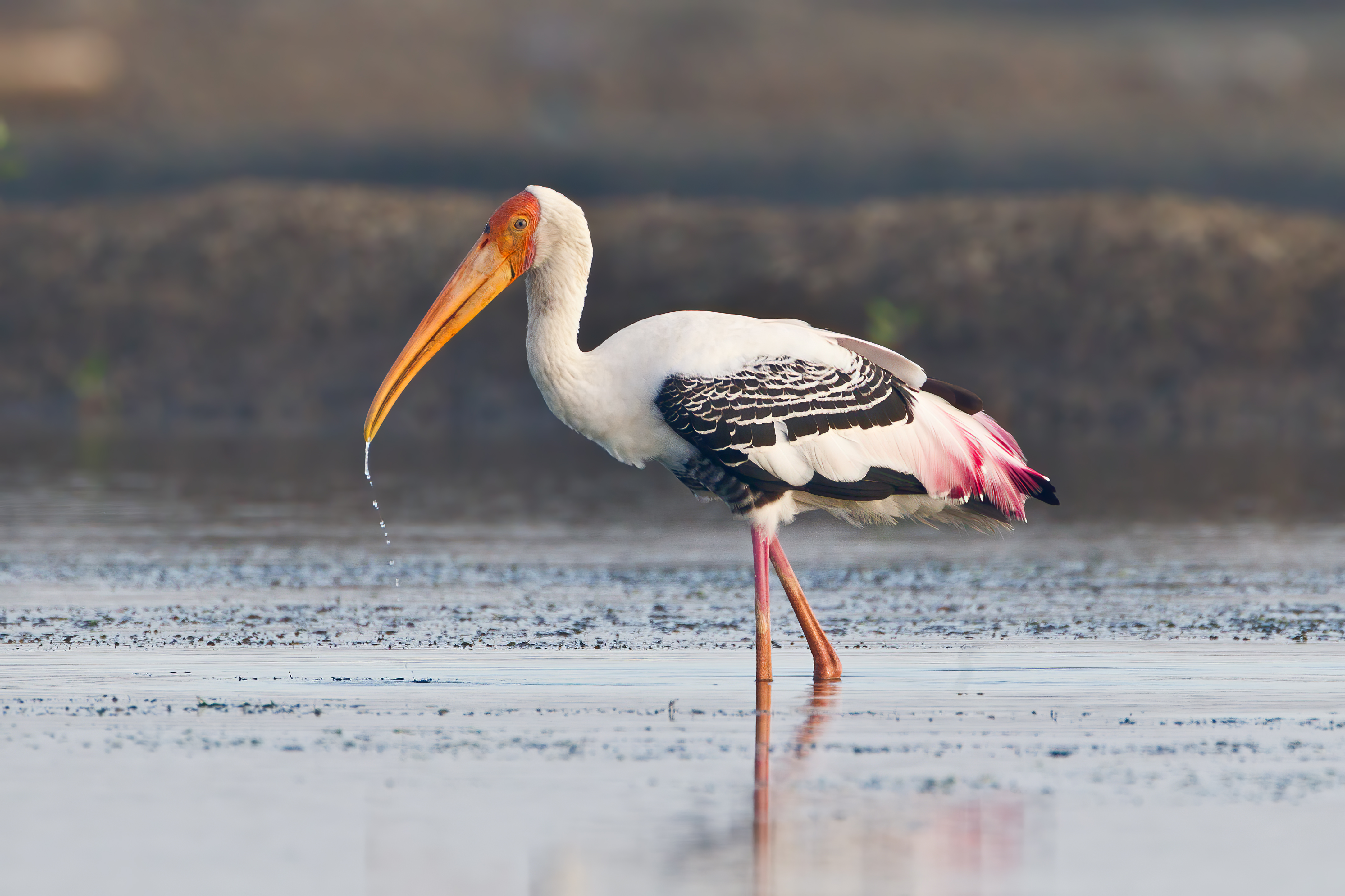
Order:
Ciconiiformes
Storks are large, long-legged, long-necked wading birds with long, stout bills. They belong to the family called Ciconiidae, and make up the order Ciconiiformes . Ciconiiformes previously included a number of other families, such as herons a ...
Family:
Ciconiidae
Storks are large, long-legged, long-necked, wading birds with long, stout bills. Storks are mute, but bill-clattering is an important mode of communication at the nest. Their nests can be large and may be reused for many years. Many species are migratory.
Frigatebirds

Order:
Suliformes
The order Suliformes (, dubbed "Phalacrocoraciformes" by ''Christidis & Boles 2008'') is an order recognised by the International Ornithologist's Union. In regard to the recent evidence that the traditional Pelecaniformes is polyphyletic, it has ...
Family:
Fregatidae
Frigatebirds are a family of seabirds called Fregatidae which are found across all tropical and subtropical oceans. The five extant species are classified in a single genus, ''Fregata''. All have predominantly black plumage, long, deeply forked ...
Frigatebird
Frigatebirds are a family of seabirds called Fregatidae which are found across all tropical and subtropical oceans. The five extant species are classified in a single genus, ''Fregata''. All have predominantly black plumage, long, deeply forke ...
s are large seabirds usually found over tropical oceans. They are large, black-and-white or completely black, with long wings and deeply forked tails. The males have coloured inflatable throat pouches. They do not swim or walk and cannot take off from a flat surface. Having the largest wingspan-to-body-weight ratio of any bird, they are essentially aerial, able to stay aloft for more than a week.
Gannets and boobies
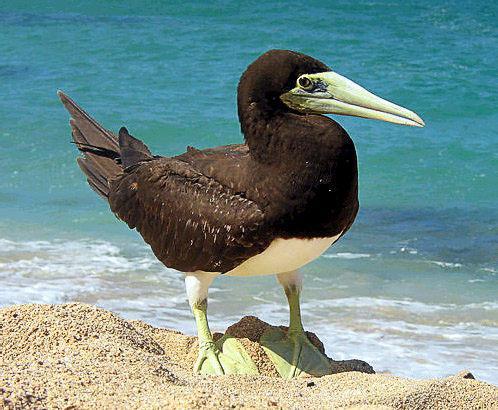
Order:
Suliformes
The order Suliformes (, dubbed "Phalacrocoraciformes" by ''Christidis & Boles 2008'') is an order recognised by the International Ornithologist's Union. In regard to the recent evidence that the traditional Pelecaniformes is polyphyletic, it has ...
Family:
Sulidae
The bird family Sulidae comprises the gannets and boobies. Collectively called sulids, they are medium-large coastal seabirds that plunge-dive for fish and similar prey. The 10 species in this family are often considered congeneric in older ...
The sulids comprise the
gannet
Gannets are seabirds comprising the genus ''Morus'' in the family Sulidae, closely related to boobies.
Gannets are large white birds with yellowish heads; black-tipped wings; and long bills. Northern gannets are the largest seabirds in the ...
s and
boobies
A booby is a seabird in the genus ''Sula'', part of the family Sulidae. Boobies are closely related to the gannets (''Morus''), which were formerly included in ''Sula''.
Systematics and evolution
The genus ''Sula'' was introduced by the Fren ...
. Both groups are medium to large coastal seabirds that plunge-dive for fish.
Anhingas and darters

Order:
Suliformes
The order Suliformes (, dubbed "Phalacrocoraciformes" by ''Christidis & Boles 2008'') is an order recognised by the International Ornithologist's Union. In regard to the recent evidence that the traditional Pelecaniformes is polyphyletic, it has ...
Family:
Anhingidae
Darters
The darters, anhingas, or snakebirds are mainly tropical waterbirds in the family Anhingidae, which contains a single genus, ''Anhinga''. There are four living species, three of which are very common and widespread while the fourth is rarer and ...
are often called "snake-birds" because of their long thin neck, which gives a snake-like appearance when they swim with their bodies submerged. The males have black and dark-brown plumage, an erectile crest on the nape and a larger bill than the female. The females have much paler plumage especially on the neck and underparts. The darters have completely webbed feet and their legs are short and set far back on the body. Their plumage is somewhat permeable, like that of cormorants, and they spread their wings to dry after diving.
Cormorants and shags

Order:
Suliformes
The order Suliformes (, dubbed "Phalacrocoraciformes" by ''Christidis & Boles 2008'') is an order recognised by the International Ornithologist's Union. In regard to the recent evidence that the traditional Pelecaniformes is polyphyletic, it has ...
Family:
Phalacrocoracidae
Phalacrocoracidae is a family of approximately 40 species of aquatic birds commonly known as cormorants and shags. Several different classifications of the family have been proposed, but in 2021 the IOC adopted a consensus taxonomy of seven gen ...
Phalacrocoracidae is a family of medium to large coastal, fish-eating seabirds that includes cormorants and shags. Plumage colouration varies, with the majority having mainly dark plumage, some species being black-and-white and a few being colourful.
Ibises and spoonbills


Order:
Pelecaniformes
The Pelecaniformes are an order of medium-sized and large waterbirds found worldwide. As traditionally—but erroneously—defined, they encompass all birds that have feet with all four toes webbed. Hence, they were formerly also known by such n ...
Family:
Threskiornithidae
The family Threskiornithidae includes 36 species of large wading birds. The family has been traditionally classified into two subfamilies, the ibises and the spoonbills; however recent genetic studies have cast doubt on this arrangement, and ha ...
Threskiornithidae is a family of large terrestrial and wading birds which includes the
ibis
The ibises () (collective plural ibis; classical plurals ibides and ibes) are a group of long-legged wading birds in the family Threskiornithidae, that inhabit wetlands, forests and plains. "Ibis" derives from the Latin and Ancient Greek word ...
es and
spoonbill
Spoonbills are a genus, ''Platalea'', of large, long-legged wading birds. The spoonbills have a global distribution, being found on every continent except Antarctica. The genus name ''Platalea'' derives from Ancient Greek and means "broad", refe ...
s. They have long, broad wings with 11 primary and about 20 secondary feathers. They are strong fliers and despite their size and weight, very capable soarers.
Herons and bitterns
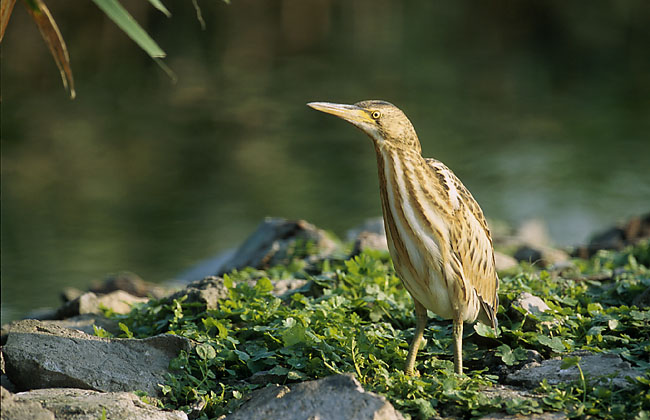
Order:
Pelecaniformes
The Pelecaniformes are an order of medium-sized and large waterbirds found worldwide. As traditionally—but erroneously—defined, they encompass all birds that have feet with all four toes webbed. Hence, they were formerly also known by such n ...
Family:
Ardeidae
The herons are long-legged, long-necked, freshwater and coastal birds in the family Ardeidae, with 72 recognised species, some of which are referred to as egrets or bitterns rather than herons. Members of the genera ''Botaurus'' and ''Ixobrychu ...
The family Ardeidae contains the
bittern
Bitterns are birds belonging to the subfamily Botaurinae of the heron family Ardeidae. Bitterns tend to be shorter-necked and more secretive than other members of the family. They were called ''hæferblæte'' in Old English; the word "bittern ...
s,
heron
The herons are long-legged, long-necked, freshwater and coastal birds in the family Ardeidae, with 72 recognised species, some of which are referred to as egrets or bitterns rather than herons. Members of the genera ''Botaurus'' and ''Ixobrychu ...
s and
egret
Egrets ( ) are herons, generally long-legged wading birds, that have white or buff plumage, developing fine plumes (usually milky white) during the breeding season. Egrets are not a biologically distinct group from herons and have the same buil ...
s. Herons and egrets are medium to large wading birds with long necks and legs. Bitterns tend to be shorter necked and more wary. Members of Ardeidae fly with their necks retracted, unlike other long-necked birds such as storks, ibises and spoonbills.
Pelicans

Order:
Pelecaniformes
The Pelecaniformes are an order of medium-sized and large waterbirds found worldwide. As traditionally—but erroneously—defined, they encompass all birds that have feet with all four toes webbed. Hence, they were formerly also known by such n ...
Family:
Pelecanidae
The Pelecanidae is a family of pelecaniform birds within the Pelecani that contains two genera: the extinct ''Eopelecanus'' and the extant '' Pelecanus''. The family was monotypic until the description of ''Eopelecanus'' in 2021.
Pelecanids ha ...
Pelican
Pelicans (genus ''Pelecanus'') are a genus of large water birds that make up the family Pelecanidae. They are characterized by a long beak and a large throat pouch used for catching prey and draining water from the scooped-up contents before ...
s are large water birds with a distinctive pouch under their beak. As with other members of the order Pelecaniformes, they have webbed feet with four toes. There are three species which have been recorded in India.
Osprey

Order:
Accipitriformes
The Accipitriformes (; from Latin ''accipiter''/''accipitri-'' "hawk", and New Latin ''-formes'' "having the form of") are an order of birds that includes most of the diurnal birds of prey, including hawks, eagles, vultures, and kites, but not f ...
Family:
Pandionidae
''Pandion'' is a genus of birds of prey, known as ospreys, the only genus of family Pandionidae. Most taxonomic treatments have regarded this genus as describing a single extant species, separated to subspecies or races, while some treatments rec ...
The family Pandionidae contains usually only one species, the osprey. The osprey is a medium-large
raptor
Raptor or RAPTOR may refer to:
Animals
The word "raptor" refers to several groups of bird-like dinosaurs which primarily capture and subdue/kill prey with their talons.
* Raptor (bird) or bird of prey, a bird that primarily hunts and feeds on v ...
which is a specialist fish-eater with most taxonomic authorities consider a worldwide distribution.
Kites, hawks, and eagles


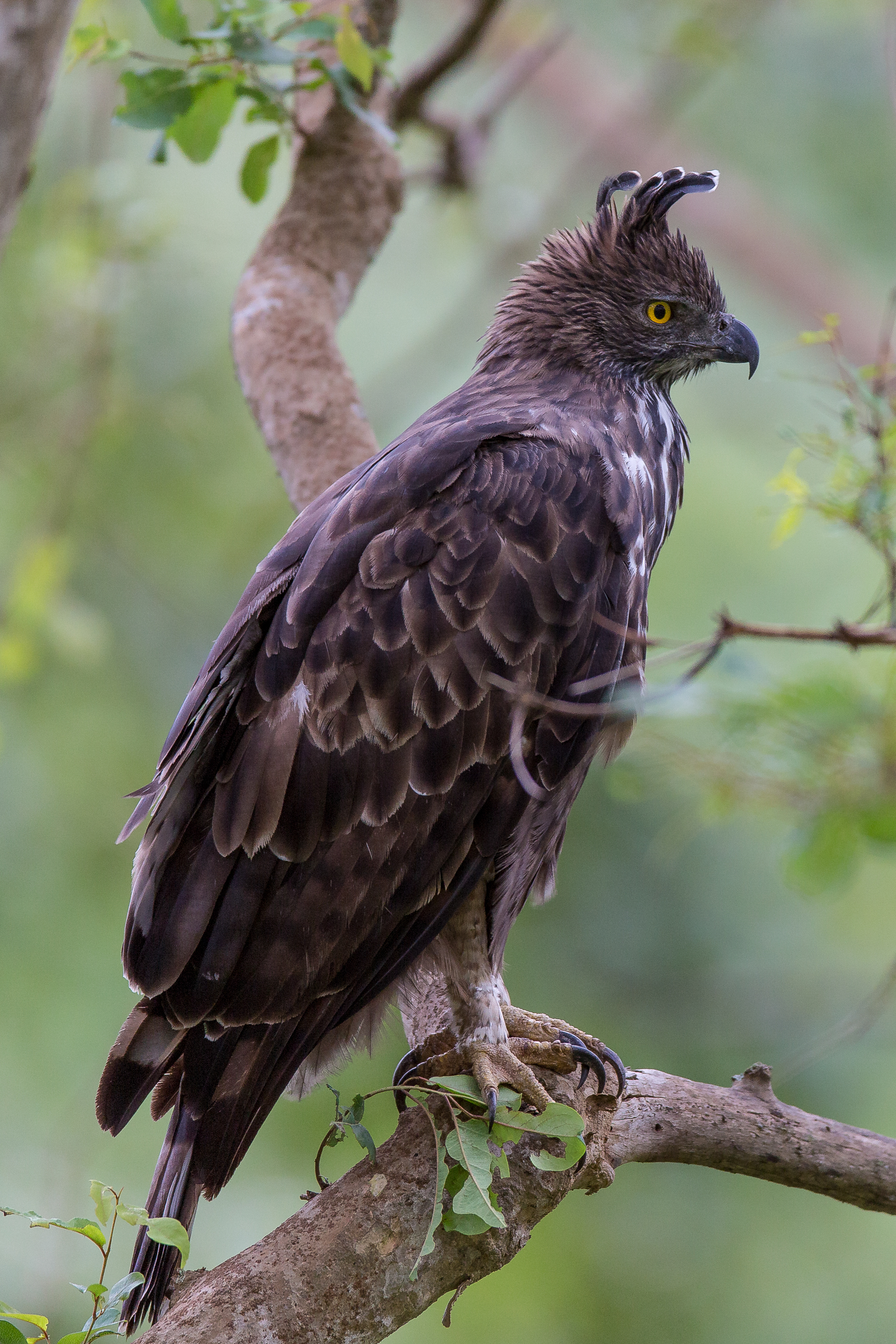


Order:
Accipitriformes
The Accipitriformes (; from Latin ''accipiter''/''accipitri-'' "hawk", and New Latin ''-formes'' "having the form of") are an order of birds that includes most of the diurnal birds of prey, including hawks, eagles, vultures, and kites, but not f ...
Family:
Accipitridae
The Accipitridae is one of the three families within the order Accipitriformes, and is a family of small to large birds with strongly hooked bills and variable morphology based on diet. They feed on a range of prey items from insects to medium-s ...
Accipitridae is a family of birds of prey, which includes
hawk
Hawks are birds of prey of the family Accipitridae. They are widely distributed and are found on all continents except Antarctica.
* The subfamily Accipitrinae includes goshawks, sparrowhawks, sharp-shinned hawks and others. This subfa ...
s,
eagle
Eagle is the common name for many large birds of prey of the family Accipitridae. Eagles belong to several groups of genera, some of which are closely related. Most of the 68 species of eagle are from Eurasia and Africa. Outside this area, j ...
s,
kites
A kite is a tethered heavier-than-air or lighter-than-air craft with wing surfaces that react against the air to create lift and drag forces. A kite consists of wings, tethers and anchors. Kites often have a bridle and tail to guide the face ...
,
harriers and
Old World vulture
Old World vultures are vultures that are found in the Old World, i.e. the continents of Europe, Asia and Africa, and which belong to the family Accipitridae, which also includes eagles, buzzards, kites, and hawks.
Old World vultures are not cl ...
s. These birds have powerful hooked beaks for tearing flesh from their prey, strong legs, powerful talons and keen eyesight.
Barn owls
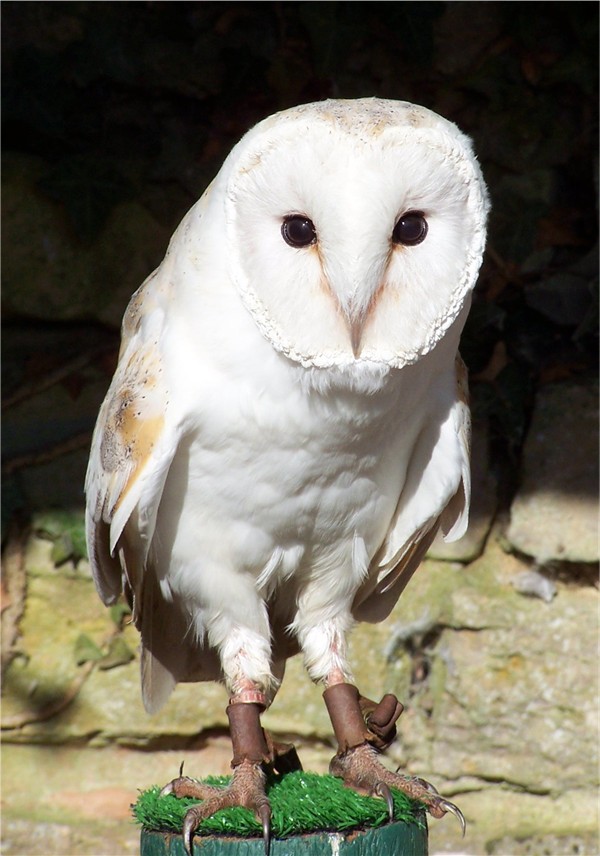
Order:
StrigiformesFamily:
Tytonidae
Barn-owls (family Tytonidae) are one of the two families of owls, the other being the true owls or typical owls, Strigidae. They are medium to large owls with large heads and characteristic heart-shaped faces. They have long, strong legs wit ...
Barn owl
The barn owl (''Tyto alba'') is the most widely distributed species of owl in the world and one of the most widespread of all species of birds, being found almost everywhere except for the polar and desert regions, Asia north of the Himala ...
s are medium to large owls with large heads and characteristic heart-shaped faces. They have long strong legs with powerful talons.
Owls
Order:
StrigiformesFamily:
Strigidae
The true owls or typical owls (family Strigidae) are one of the two generally accepted families of owls, the other being the barn owls (Tytonidae). This large family comprises 230 living or recently extinct species in 24 genera. The typical owl ...
The
typical owl
The true owls or typical owls (family Strigidae) are one of the two generally accepted families of owls, the other being the barn owls (Tytonidae). This large family comprises 230 living or recently extinct species in 24 genera. The typical ow ...
s are small to large solitary nocturnal birds of prey. They have large forward-facing eyes and ears, a hawk-like beak and a conspicuous circle of feathers around each eye called a facial disk.
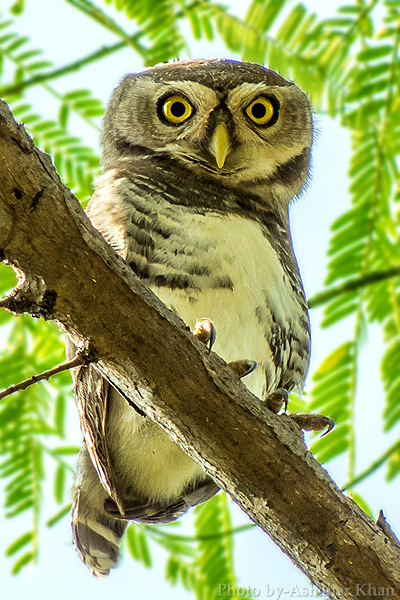
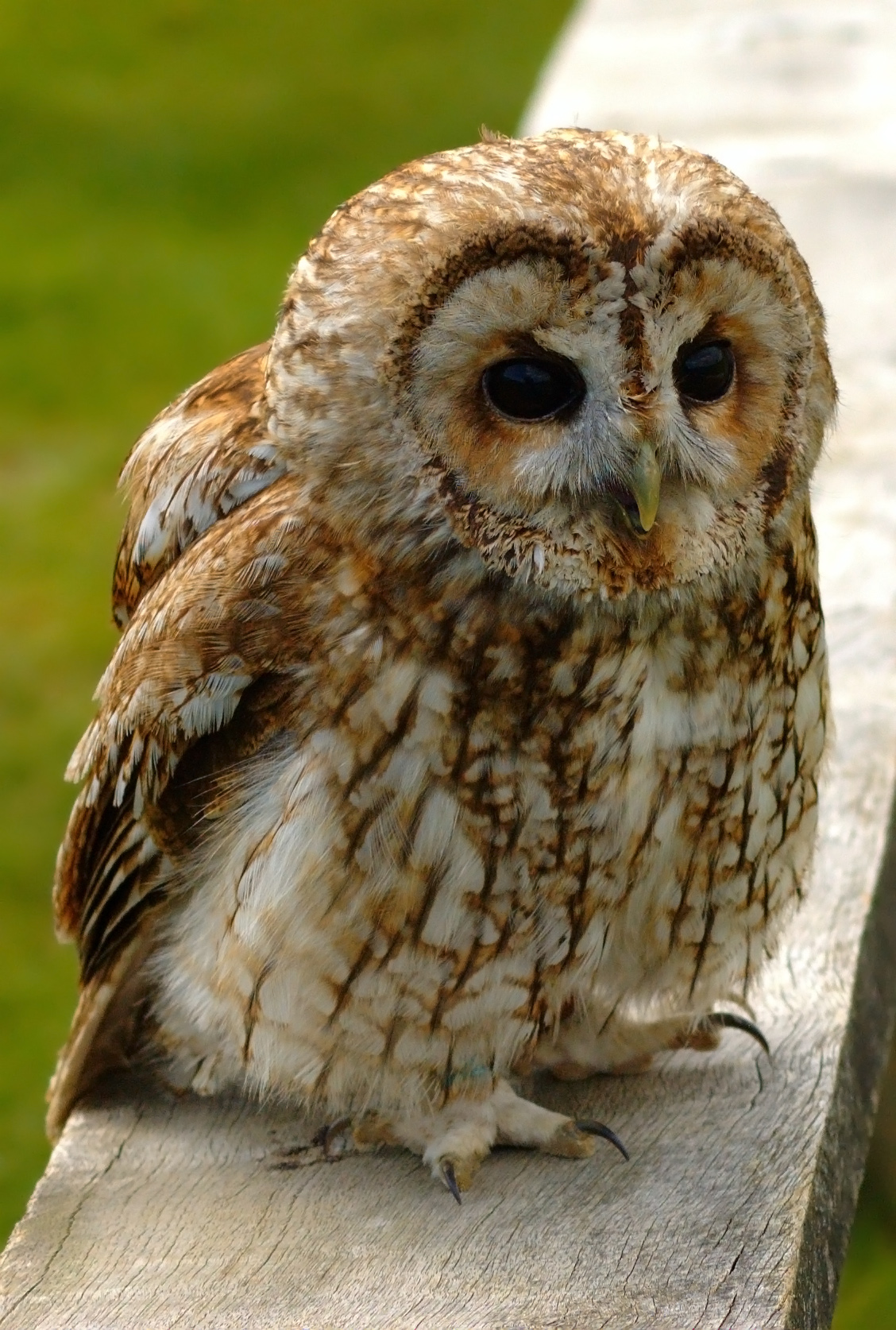
Trogons

Order:
Trogoniformes
The trogons and quetzals are birds in the order Trogoniformes which contains only one family, the Trogonidae. The family Trogonidae contains 46 species in seven genera. The fossil record of the trogons dates back 49 million years to the Earl ...
Family:
Trogonidae
The family Trogonidae includes trogons and quetzals. Found in tropical woodlands worldwide, they feed on insects and fruit, and their broad bills and weak legs reflect their diet and arboreal habits. Although their flight is fast, they are reluctant to fly any distance. Trogons have soft, often colourful, feathers with distinctive male and female plumage. There are three species which have been recorded in India.
Hoopoes
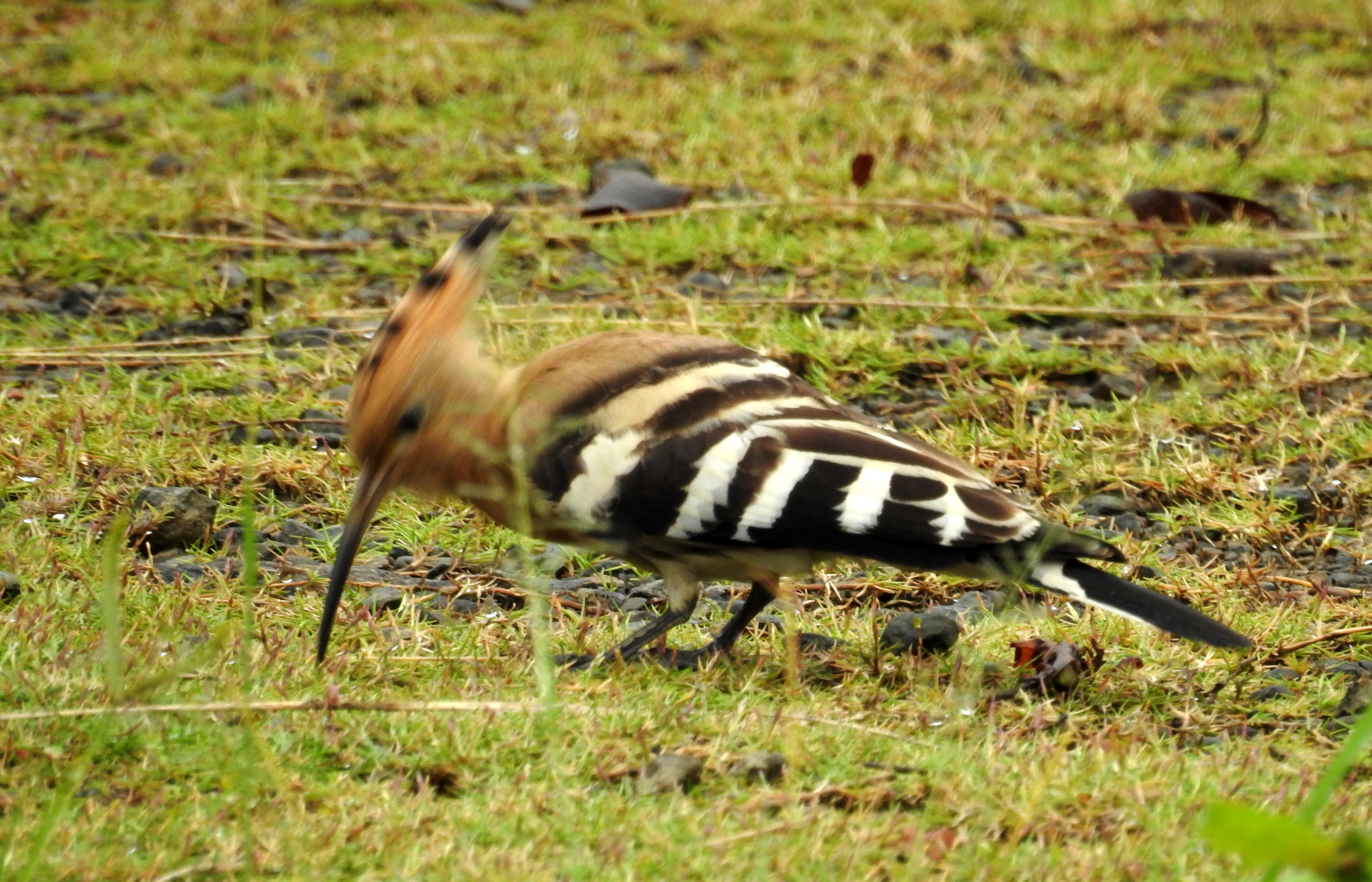
Order:
Bucerotiformes
Bucerotiformes is an order of birds that contains the hornbills, ground hornbills, hoopoes and wood hoopoes. These birds were previously classified as members of Coraciiformes. The clade is distributed in Africa, Asia, Europe and Melanesia.
...
Family:
Upupidae
Hoopoes () are colourful birds found across Africa, Asia, and Europe, notable for their distinctive "crown" of feathers. Three living and one extinct species are recognized, though for many years all of the extant species were lumped as a single ...
Hoopoes have black, white and orangey-pink colouring with a large erectile crest on their head. There is one species which occurs in India.
Hornbills


Order:
Bucerotiformes
Bucerotiformes is an order of birds that contains the hornbills, ground hornbills, hoopoes and wood hoopoes. These birds were previously classified as members of Coraciiformes. The clade is distributed in Africa, Asia, Europe and Melanesia.
...
Family:
Bucerotidae
Hornbills (Bucerotidae) are a family of bird found in tropical and subtropical Africa, Asia and Melanesia. They are characterized by a long, down-curved bill which is frequently brightly coloured and sometimes has a casque on the upper mandibl ...
Hornbills are a group of birds whose bill is shaped like a cow's horn, but without a twist, sometimes with a casque on the upper mandible. Frequently, the bill is brightly coloured.

Rollers
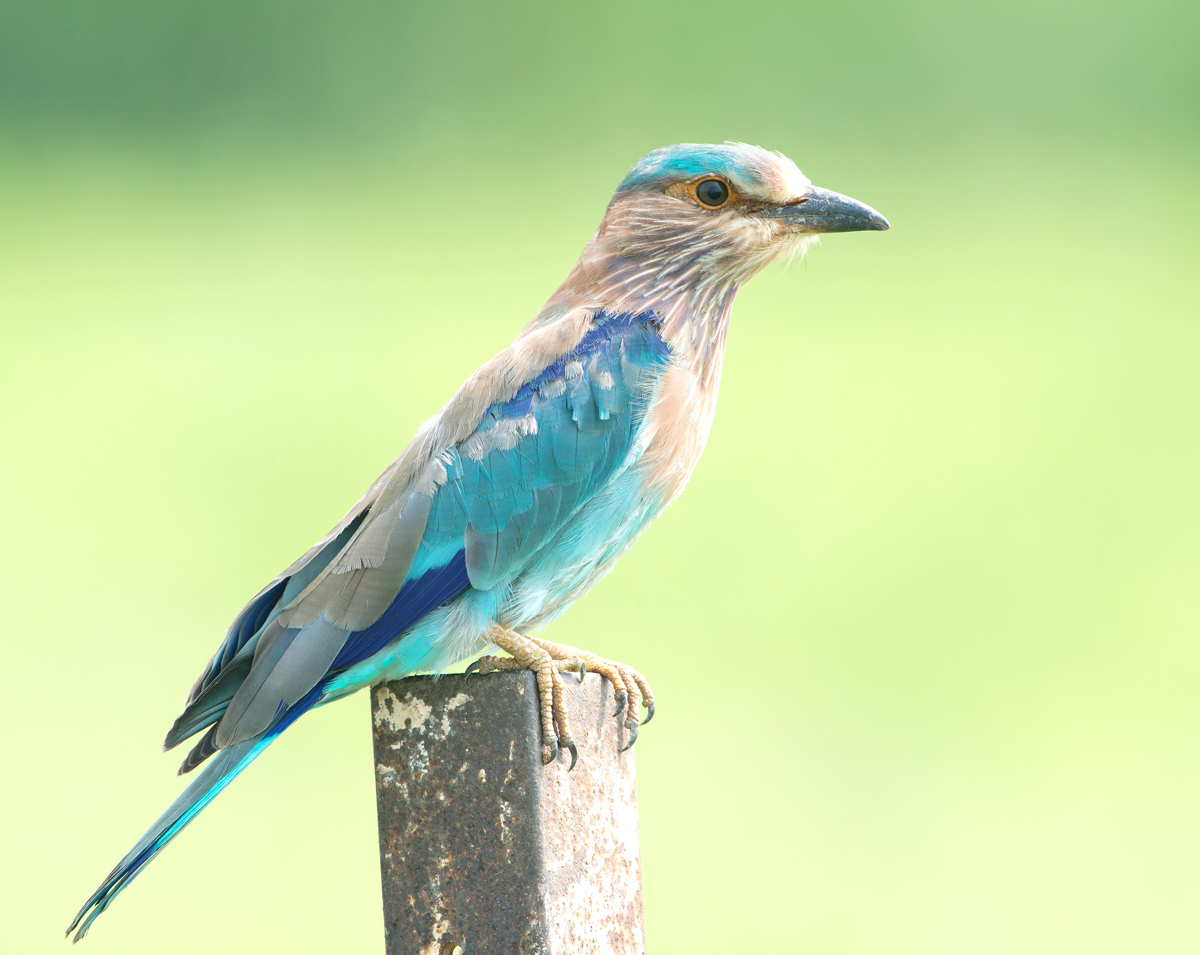
Order:
Coraciiformes
The Coraciiformes are a group of usually colourful birds including the kingfishers, the bee-eaters, the rollers, the motmots, and the todies. They generally have syndactyly, with three forward-pointing toes (and toes 3 & 4 fused at their bas ...
Family:
Coraciidae
Coraciidae is a family of Old World birds, which is known as rollers because of the aerial acrobatics some of these birds perform during courtship or territorial flights. Rollers resemble crows in size and build, and share the colourful appeara ...
Rollers resemble
crow
A crow is a bird of the genus '' Corvus'', or more broadly a synonym for all of ''Corvus''. Crows are generally black in colour. The word "crow" is used as part of the common name of many species. The related term "raven" is not pinned scientifica ...
s in size and build, but are more closely related to the
kingfisher
Kingfishers are a family, the Alcedinidae, of small to medium-sized, brightly colored birds in the order Coraciiformes. They have a cosmopolitan distribution, with most species found in the tropical regions of Africa, Asia, and Oceania, ...
s and
bee-eater
The bee-eaters are a group of non-passerine birds in the family Meropidae, containing three genera and thirty species. Most species are found in Africa and Asia, with a few in southern Europe, Australia, and New Guinea. They are characterised by ...
s. They share the colourful appearance of those groups with blues and browns predominating. The two inner front toes are connected at the base, but the outer toe is not. There are three or four species (depending on taxonomy followed) which have been recorded in India.
Kingfishers

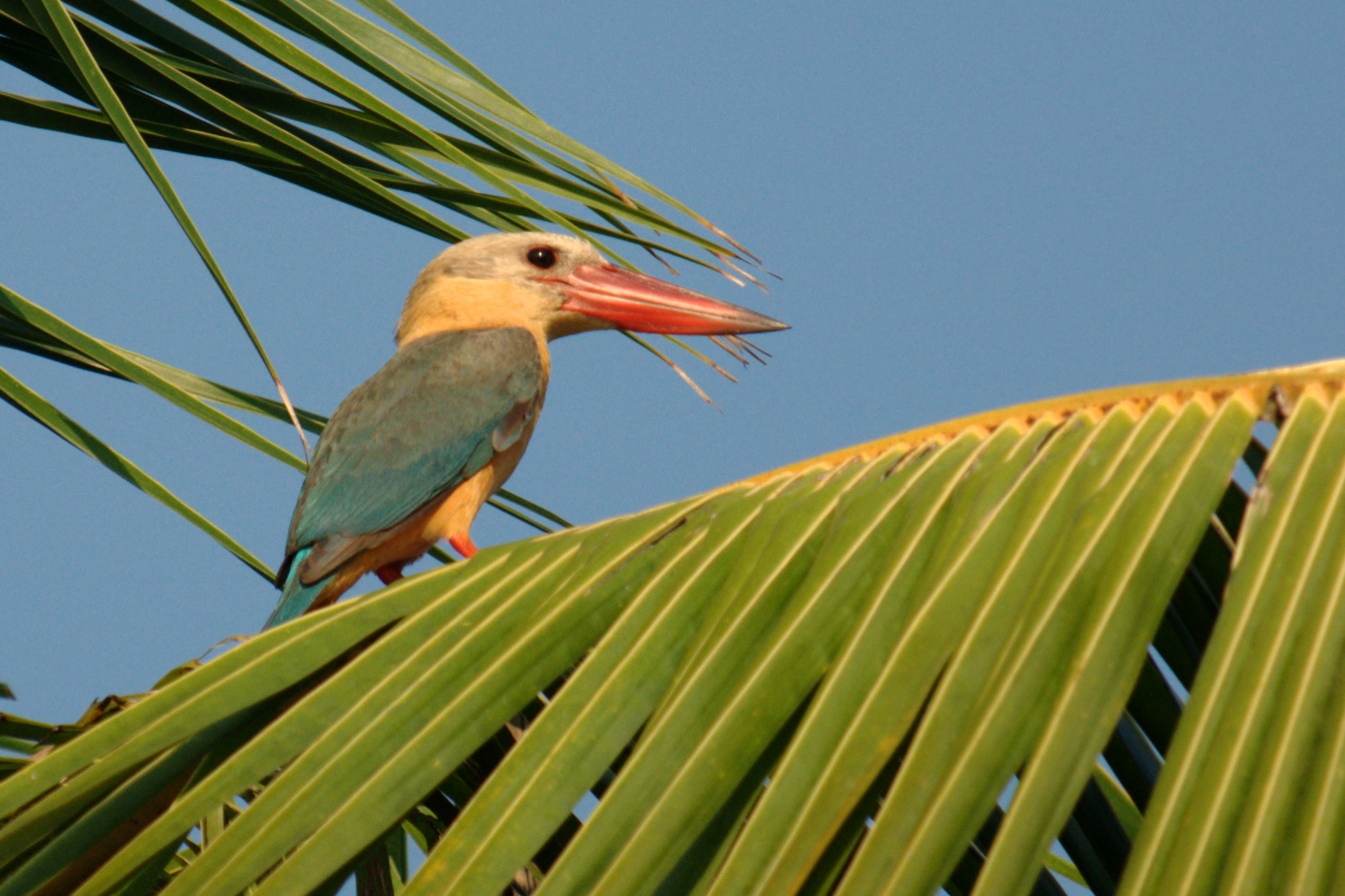
Order:
Coraciiformes
The Coraciiformes are a group of usually colourful birds including the kingfishers, the bee-eaters, the rollers, the motmots, and the todies. They generally have syndactyly, with three forward-pointing toes (and toes 3 & 4 fused at their bas ...
Family:
Alcedinidae
Kingfishers are medium-sized birds with large heads, long, pointed bills, short legs and stubby tails. There are 13 species which have been recorded in India.
Bee-eaters

Order:
Coraciiformes
The Coraciiformes are a group of usually colourful birds including the kingfishers, the bee-eaters, the rollers, the motmots, and the todies. They generally have syndactyly, with three forward-pointing toes (and toes 3 & 4 fused at their bas ...
Family:
Meropidae
The bee-eaters are a group of
near passerine
Near passerines and higher land-bird assemblage are terms of traditional, pre-cladistic taxonomy that have often been given to tree-dwelling birds or those most often believed to be related to the true passerines (order Passeriformes) owing to mor ...
birds in the family Meropidae. Most species are found in Africa but others occur in southern Europe, Madagascar, Australia and New Guinea. They are characterised by richly coloured plumage, slender bodies and usually elongated central tail feathers. All are colourful and have long downturned bills and pointed wings, which give them a swallow-like appearance when seen from afar. There are 7 species which have been recorded in India.
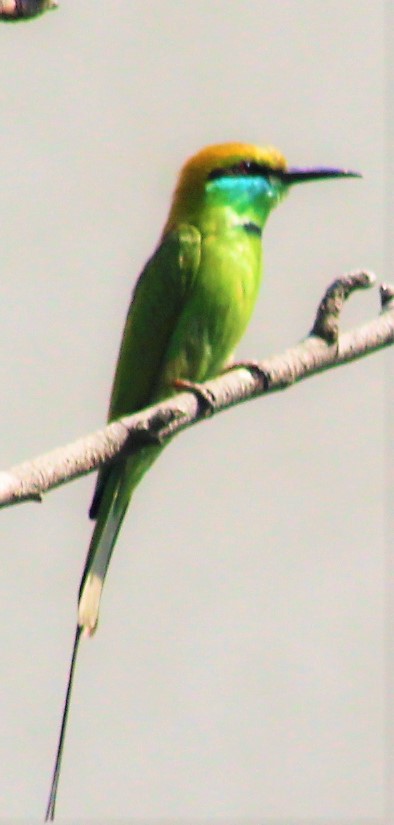
Asian barbets

Order:
Piciformes
Nine families of largely arboreal birds make up the order Piciformes , the best-known of them being the Picidae, which includes the woodpeckers and close relatives. The Piciformes contain about 71 living genera with a little over 450 species, of ...
Family:
Megalaimidae
The Asian barbets are a family of bird species, the Megalaimidae, comprising two genera with 35 species native to the forests of the Indomalayan realm from Tibet to Indonesia. They were once clubbed with all barbets in the family Capitonidae but ...
The Asian barbets are plump birds, with short necks and large heads. They get their name from the bristles which fringe their heavy bills. Most species are brightly coloured.
Honeyguides
Order:
Piciformes
Nine families of largely arboreal birds make up the order Piciformes , the best-known of them being the Picidae, which includes the woodpeckers and close relatives. The Piciformes contain about 71 living genera with a little over 450 species, of ...
Family:
Indicatoridae
Honeyguides (family Indicatoridae) are near passerine birds in the order Piciformes. They are also known as indicator birds, or honey birds, although the latter term is also used more narrowly to refer to species of the genus ''Prodotiscus''. T ...
Honeyguides are among the few birds that feed on
wax. They are named for the
greater honeyguide
The greater honeyguide (''Indicator indicator'') is a bird in the family Indicatoridae, paleotropical near passerine birds related to the woodpeckers. Its English and scientific names refer to its habit of guiding people to bee colonies. Cla ...
which leads traditional honey-hunters to bees' nests and, after the hunters have harvested the honey, feeds on the remaining contents of the hive. There is one species which occurs in India.
Woodpeckers

Order:
Piciformes
Nine families of largely arboreal birds make up the order Piciformes , the best-known of them being the Picidae, which includes the woodpeckers and close relatives. The Piciformes contain about 71 living genera with a little over 450 species, of ...
Family:
Picidae
Woodpeckers are part of the bird family Picidae, which also includes the piculets, wrynecks, and sapsuckers. Members of this family are found worldwide, except for Australia, New Guinea, New Zealand, Madagascar, and the extreme polar regions. ...
Woodpeckers are small to medium-sized birds with chisel-like beaks, short legs, stiff tails and long tongues used for capturing insects. Some species have feet with two toes pointing forward and two backward, while several species have only three toes. Many woodpeckers have the habit of tapping noisily on tree trunks with their beaks.


Caracaras and falcons
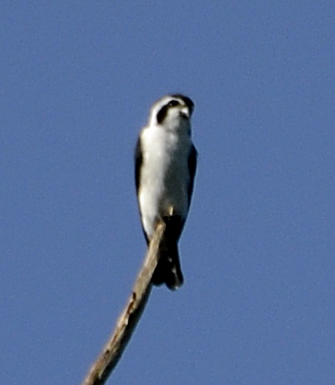

Order:
Falconiformes
The order Falconiformes () is represented by the extant family Falconidae (falcons and caracaras) and a handful of enigmatic Paleogene species. Traditionally, the other bird of prey families Cathartidae (New World vultures and condors), Sagitt ...
Family:
Falconidae
The falcons and caracaras are around 60 species of diurnal birds of prey that make up the family Falconidae (representing all extant species in the order Falconiformes). The family is divided into three subfamilies, Herpetotherinae, which inclu ...
Falconidae is a family of diurnal birds of prey. They differ from hawks, eagles and kites in that they kill with their beaks instead of their talons. There are thirteen species which have been recorded in India.
Old World parrots
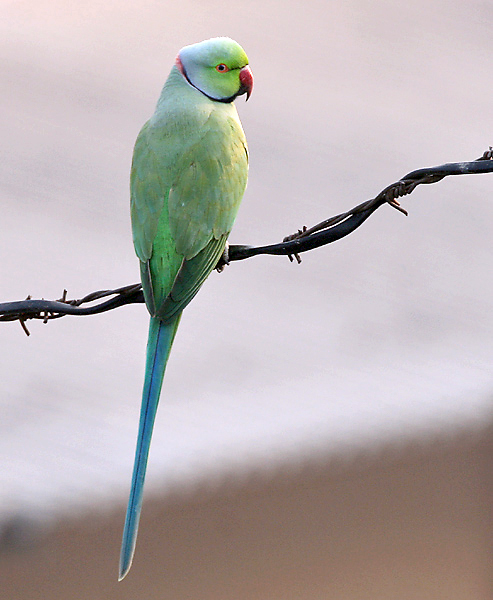
Order:
PsittaciformesFamily:
Psittaculidae
Psittaculidae is a family containing Old World parrots. It consists of five subfamilies: Agapornithinae, Loriinae, Platycercinae, Psittacellinae and Psittaculinae.
This family has been accepted into '' The Clements Checklist of Birds of the W ...
Characteristic features of parrots include a strong curved bill, an upright stance, strong legs, and clawed
zygodactyl
In biology, dactyly is the arrangement of digits (fingers and toes) on the hands, feet, or sometimes wings of a tetrapod animal. It comes from the Greek word δακτυλος (''dáktylos'') = "finger".
Sometimes the ending "-dactylia" is use ...
feet. Many parrots are vividly coloured, and some are multi-coloured. In size they range from to in length. Old World parrots are found from Africa east across south and southeast Asia and Oceania to Australia and New Zealand.
Typical broadbills

Order:
Passeriformes
A passerine () is any bird of the order Passeriformes (; from Latin 'sparrow' and '-shaped'), which includes more than half of all bird species. Sometimes known as perching birds, passerines are distinguished from other orders of birds by th ...
Family:
Eurylaimidae
The broadbills are small, brightly coloured birds, which feed on fruit and also take insects in flycatcher fashion, snapping their broad bills. Their habitat is canopies of wet forests. There are two species which have been recorded in India.
Pittas

Order:
Passeriformes
A passerine () is any bird of the order Passeriformes (; from Latin 'sparrow' and '-shaped'), which includes more than half of all bird species. Sometimes known as perching birds, passerines are distinguished from other orders of birds by th ...
Family:
Pittidae
Pittas are medium-sized by passerine standards and are stocky, with fairly long, strong legs, short tails and stout bills. Many are brightly coloured. They spend the majority of their time on wet forest floors, eating snails, insects and similar invertebrates.
Vangas, helmetshrikes, woodshrikes, and shrike-flycatchers

Order:
Passeriformes
A passerine () is any bird of the order Passeriformes (; from Latin 'sparrow' and '-shaped'), which includes more than half of all bird species. Sometimes known as perching birds, passerines are distinguished from other orders of birds by th ...
Family:
Vangidae
The woodshrikes are similar in build to the shrikes.
Woodswallows, butcherbirds, and peltops

Order:
Passeriformes
A passerine () is any bird of the order Passeriformes (; from Latin 'sparrow' and '-shaped'), which includes more than half of all bird species. Sometimes known as perching birds, passerines are distinguished from other orders of birds by th ...
Family:
Artamidae
Artamidae is a family of passerine birds found in Australia, the Indo-Pacific region, and Southern Asia. It includes 24 extant species in six genera and three subfamilies: Peltopsinae (with one genus, '' Peltops''), Artaminae (with one genus con ...
The woodswallows are soft-plumaged, somber-coloured passerine birds. They are smooth, agile flyers with moderately large, semi-triangular wings. There are two species which have been recorded in India.
Ioras
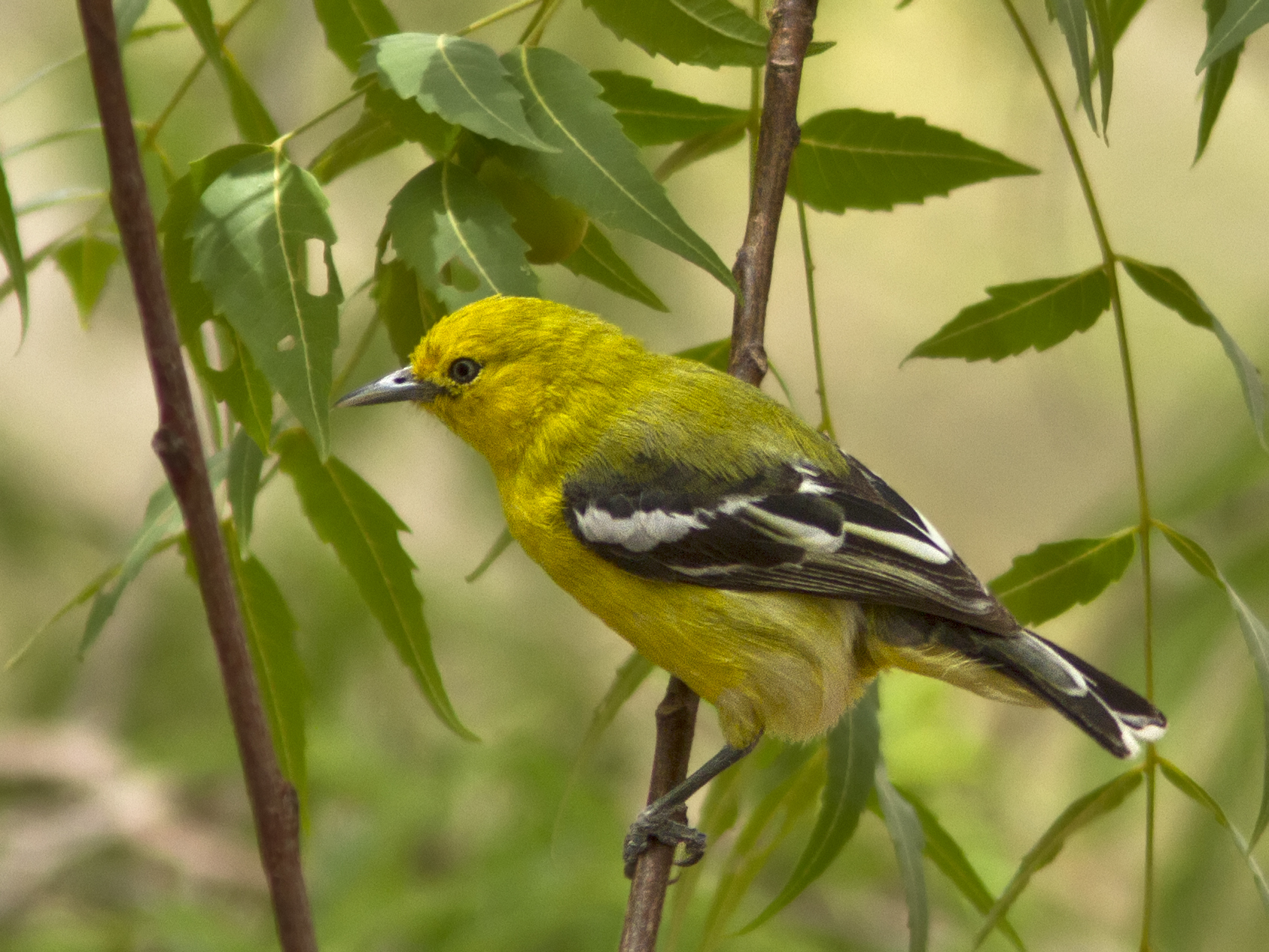
Order:
Passeriformes
A passerine () is any bird of the order Passeriformes (; from Latin 'sparrow' and '-shaped'), which includes more than half of all bird species. Sometimes known as perching birds, passerines are distinguished from other orders of birds by th ...
Family:
Aegithinidae
The ioras are
bulbul
The bulbuls are members of a family, Pycnonotidae, of medium-sized passerine songbirds, which also includes greenbuls, brownbuls, leafloves, and bristlebills. The family is distributed across most of Africa and into the Middle East, tropical A ...
-like birds of open forest or thorn scrub, but whereas that group tends to be drab in colouration, ioras are sexually dimorphic, with the males being brightly plumaged in yellows and greens. There are two species which have been recorded in India.

Cuckooshrikes

Order:
Passeriformes
A passerine () is any bird of the order Passeriformes (; from Latin 'sparrow' and '-shaped'), which includes more than half of all bird species. Sometimes known as perching birds, passerines are distinguished from other orders of birds by th ...
Family:
Campephagidae
The cuckooshrikes are small to medium-sized passerine birds. They are predominantly greyish with white and black, although some species are brightly coloured. There are 14 species which have been recorded in India.
Whistlers and allies
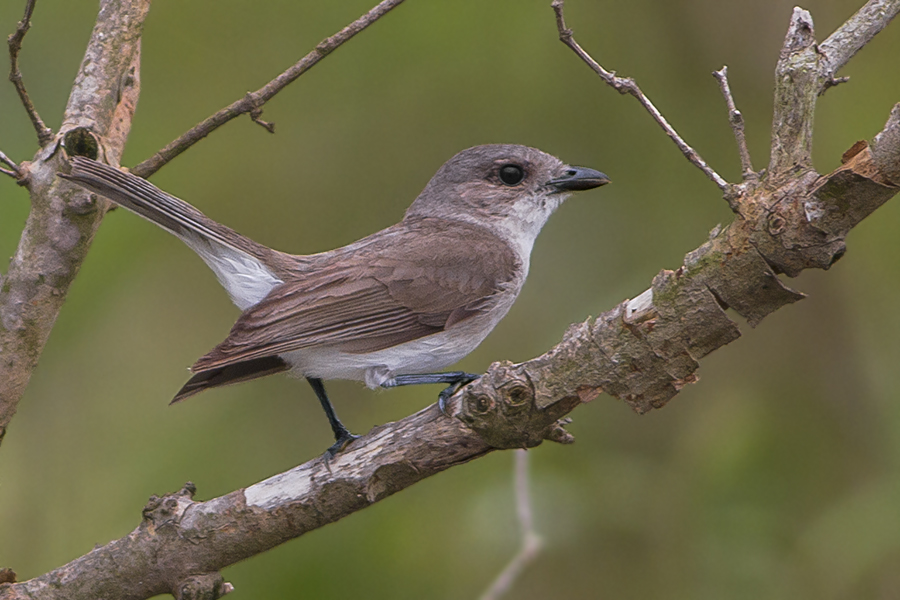
Order:
Passeriformes
A passerine () is any bird of the order Passeriformes (; from Latin 'sparrow' and '-shaped'), which includes more than half of all bird species. Sometimes known as perching birds, passerines are distinguished from other orders of birds by th ...
Family:
Pachycephalidae
The Pachycephalidae are a family of bird species that includes the whistlers, shrikethrushes, and three of the pitohuis, and is part of the ancient Australo-Papuan radiation of songbirds. The family includes 64 species that are separated into fi ...
The family Pachycephalidae includes the whistlers, shrikethrushes, and some of the pitohuis. There is one species which occurs in India.
Shrikes

Order:
Passeriformes
A passerine () is any bird of the order Passeriformes (; from Latin 'sparrow' and '-shaped'), which includes more than half of all bird species. Sometimes known as perching birds, passerines are distinguished from other orders of birds by th ...
Family:
Laniidae
Shrikes are passerine birds known for their habit of catching other birds and small animals and impaling the uneaten portions of their bodies on thorns. A typical shrike's beak is hooked, like a bird of prey.

Vireos, greenlets, and shrike-babblers

Order:
Passeriformes
A passerine () is any bird of the order Passeriformes (; from Latin 'sparrow' and '-shaped'), which includes more than half of all bird species. Sometimes known as perching birds, passerines are distinguished from other orders of birds by th ...
Family:
Vireonidae
The vireos make up a family, Vireonidae, of small to medium-sized passerine birds found in the New World (Canada to Argentina, including Bermuda and the West Indies) and Southeast Asia. "Vireo" is a Latin word referring to a green migratory bir ...
Most of the members of this family are found in the New World. However, the shrike-babblers and erpornis, which only slightly resemble the "true" vireos and greenlets, are found in South East Asia.
Figbirds, orioles, and turnagra

Order:
Passeriformes
A passerine () is any bird of the order Passeriformes (; from Latin 'sparrow' and '-shaped'), which includes more than half of all bird species. Sometimes known as perching birds, passerines are distinguished from other orders of birds by th ...
Family:
Oriolidae
The Old World orioles are colourful passerine birds. They are not related to the New World orioles. There are six species which have been recorded in India.
Drongos

Order:
Passeriformes
A passerine () is any bird of the order Passeriformes (; from Latin 'sparrow' and '-shaped'), which includes more than half of all bird species. Sometimes known as perching birds, passerines are distinguished from other orders of birds by th ...
Family:
Dicruridae
The drongos are mostly black or dark grey in colour, sometimes with metallic tints. They have long forked tails, and some Asian species have elaborate tail decorations. They have short legs and sit very upright when perched, like a shrike. They flycatch or take prey from the ground. There are ten species which have been recorded in India.
Fantails and silktails

Order:
Passeriformes
A passerine () is any bird of the order Passeriformes (; from Latin 'sparrow' and '-shaped'), which includes more than half of all bird species. Sometimes known as perching birds, passerines are distinguished from other orders of birds by th ...
Family:
Rhipiduridae
The family Rhipiduridae are small insectivorous birds of Australasia, Southeast Asia and the Indian subcontinent that includes the fantails and silktails.
Taxonomy and systematics
There are four genera classified within the family:
* Subfamily R ...
The fantails are small insectivorous birds which are specialist aerial feeders. There are three species which occur in India.
Monarchs

Order:
Passeriformes
A passerine () is any bird of the order Passeriformes (; from Latin 'sparrow' and '-shaped'), which includes more than half of all bird species. Sometimes known as perching birds, passerines are distinguished from other orders of birds by th ...
Family:
Monarchidae
The monarchs (family Monarchidae) comprise a family of over 100 passerine birds which includes shrikebills, paradise flycatchers, and magpie-larks.
Monarchids are small insectivorous songbirds with long tails. They inhabit forest or woodland ...
The monarch flycatchers are small to medium-sized insectivorous passerines which hunt by flycatching. There are four species which have been recorded in India.
Crows and jays

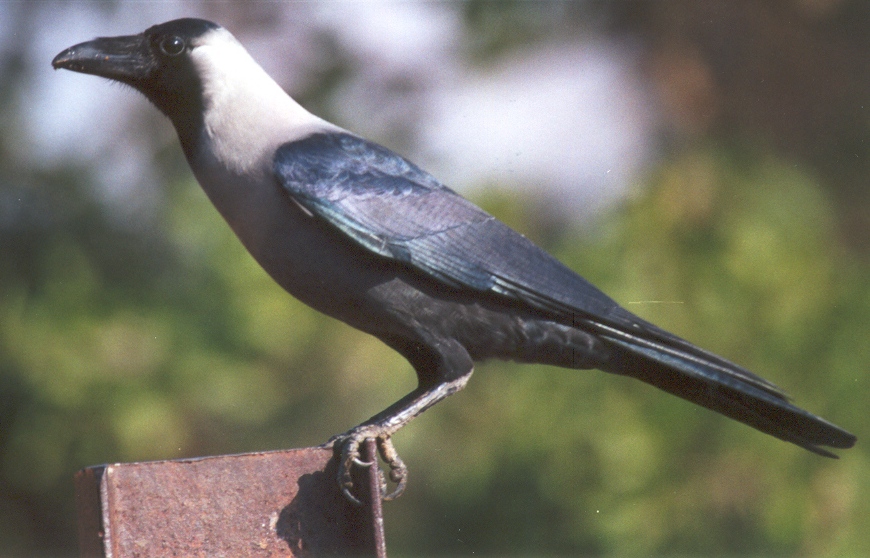
Order:
Passeriformes
A passerine () is any bird of the order Passeriformes (; from Latin 'sparrow' and '-shaped'), which includes more than half of all bird species. Sometimes known as perching birds, passerines are distinguished from other orders of birds by th ...
Family:
Corvidae
Corvidae is a cosmopolitan family of oscine passerine birds that contains the crows, ravens, rooks, jackdaws, jays, magpies, treepies, choughs, and nutcrackers. In colloquial English, they are known as the crow family or corvids. Cu ...
The family Corvidae includes
crow
A crow is a bird of the genus '' Corvus'', or more broadly a synonym for all of ''Corvus''. Crows are generally black in colour. The word "crow" is used as part of the common name of many species. The related term "raven" is not pinned scientifica ...
s,
raven
A raven is any of several larger-bodied bird species of the genus '' Corvus''. These species do not form a single taxonomic group within the genus. There is no consistent distinction between " crows" and "ravens", common names which are assigne ...
s,
jays,
chough
There are two species of passerine birds commonly called chough ( ) that constitute the genus ''Pyrrhocorax'' of the Corvidae (crow) family of birds. These are the red-billed chough (''Pyrrhocorax pyrrhocorax''), and the Alpine chough (or yello ...
s,
magpie
Magpies are birds of the Corvidae family. Like other members of their family, they are widely considered to be intelligent creatures. The Eurasian magpie, for instance, is thought to rank among the world's most intelligent creatures, and is on ...
s,
treepie
The treepies (known also as crypsirinines from the subfamily's name, ''Crypsirininae'') comprise four closely related genera (''Dendrocitta, Crypsirina, Temnurus'' and ''Platysmurus'') of long-tailed passerine birds in the family Corvidae. There ...
s,
nutcracker
A nutcracker is a tool designed to open nuts by cracking their shells. There are many designs, including levers, screws, and ratchets. The lever version is also used for cracking lobster and crab shells.
A decorative version portrays a person w ...
s and
ground jay
The ground jays or ground choughs belong to a distinct group of the passerine order of birds in the genus ''Podoces'' of the crow family Corvidae. They inhabit high altitude semi-desert areas from central Asia to Mongolia
Mongolia; Mong ...
s. Corvids are above average in size among the Passeriformes, and some of the larger species show high levels of intelligence.

Waxwings
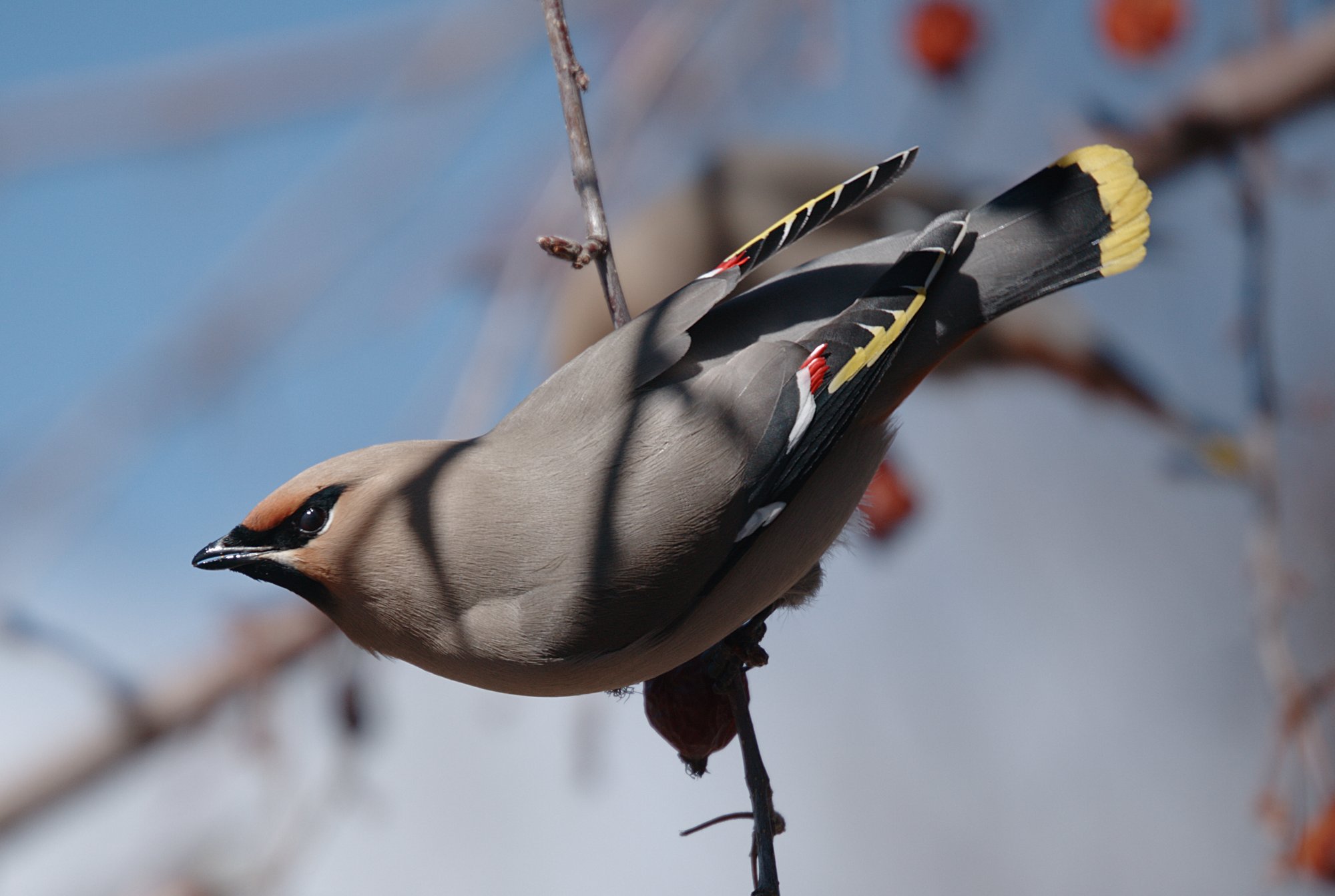
Order:
Passeriformes
A passerine () is any bird of the order Passeriformes (; from Latin 'sparrow' and '-shaped'), which includes more than half of all bird species. Sometimes known as perching birds, passerines are distinguished from other orders of birds by th ...
Family:
Bombycillidae
The waxwings are three species of passerine birds classified in the genus ''Bombycilla''. They are pinkish-brown and pale grey with distinctive smooth plumage in which many body feathers are not individually visible, a black and white eyestri ...
The
waxwing
The waxwings are three species of passerine birds classified in the genus ''Bombycilla''. They are pinkish-brown and pale grey with distinctive smooth plumage in which many body feathers are not individually visible, a black and white eyestri ...
s are a group of birds with soft silky plumage and unique red tips to some of the wing feathers. In the Bohemian and cedar waxwings, these tips look like
sealing wax
Sealing wax is a wax material of a seal which, after melting, hardens quickly (to paper, parchment, ribbons and wire, and other material) forming a bond that is difficult to separate without noticeable tampering. Wax is used to verify something ...
and give the group its name. These are arboreal birds of northern forests. They live on insects in summer and berries in winter. There is one species which occurs in India.
Hypocolius

Order:
Passeriformes
A passerine () is any bird of the order Passeriformes (; from Latin 'sparrow' and '-shaped'), which includes more than half of all bird species. Sometimes known as perching birds, passerines are distinguished from other orders of birds by th ...
Family:
Hypocoliidae
The grey hypocolius or simply hypocolius (''Hypocolius ampelinus'') is a small passerine bird species. It is the sole member of the genus ''Hypocolius'' and it is placed in a family of its own, the Hypocoliidae. This slender and long tailed bird i ...
The grey hypocolius is a small Middle Eastern bird with the shape and soft plumage of a
waxwing
The waxwings are three species of passerine birds classified in the genus ''Bombycilla''. They are pinkish-brown and pale grey with distinctive smooth plumage in which many body feathers are not individually visible, a black and white eyestri ...
. They are mainly a uniform grey colour except the males have a black triangular mask around their eyes.
Fairy flycatchers

Order:
Passeriformes
A passerine () is any bird of the order Passeriformes (; from Latin 'sparrow' and '-shaped'), which includes more than half of all bird species. Sometimes known as perching birds, passerines are distinguished from other orders of birds by th ...
Family:
Stenostiridae
Stenostiridae, or the fairy flycatchers, are a family of small passerine birds proposed as a result of recent discoveries in molecular systematics.Beresford ''et al.'' (2005) They are also referred to as stenostirid warblers.
Taxonomy and syste ...
Most of the species of this small family are found in Africa, though a few inhabit tropical Asia. They are not closely related to other birds called "flycatchers".
Tits and chickadees

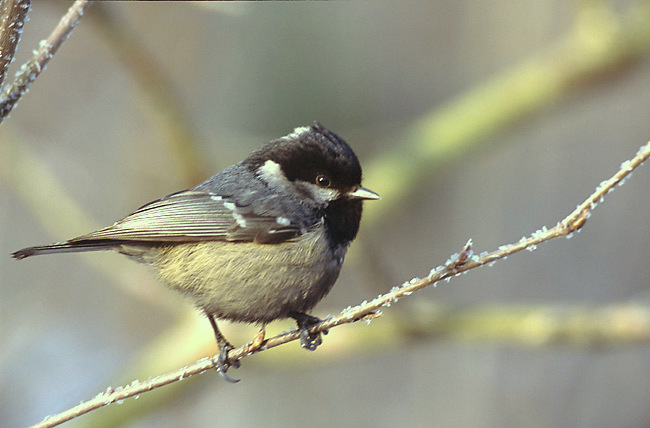
Order:
Passeriformes
A passerine () is any bird of the order Passeriformes (; from Latin 'sparrow' and '-shaped'), which includes more than half of all bird species. Sometimes known as perching birds, passerines are distinguished from other orders of birds by th ...
Family:
Paridae
The tits, chickadees, and titmice constitute the Paridae, a large family of small passerine birds which occur mainly in the Northern Hemisphere and Africa. Most were formerly classified in the genus ''Parus''.
Members of this family are common ...
The Paridae are mainly small stocky woodland species with short stout bills. Some have crests. They are adaptable birds, with a mixed diet including seeds and insects.
Penduline tits
Order:
Passeriformes
A passerine () is any bird of the order Passeriformes (; from Latin 'sparrow' and '-shaped'), which includes more than half of all bird species. Sometimes known as perching birds, passerines are distinguished from other orders of birds by th ...
Family:
Remizidae
The penduline tits are a group of small passerine birds related to the true tits. They are insectivores. There is one species which has been recorded in India.
Larks

Order:
Passeriformes
A passerine () is any bird of the order Passeriformes (; from Latin 'sparrow' and '-shaped'), which includes more than half of all bird species. Sometimes known as perching birds, passerines are distinguished from other orders of birds by th ...
Family:
Alaudidae
Larks are passerine birds of the family Alaudidae. Larks have a cosmopolitan distribution with the largest number of species occurring in Africa. Only a single species, the horned lark, occurs in North America, and only Horsfield's bush lark occ ...

Larks are small terrestrial birds with often extravagant songs and display flights. Most larks are fairly dull in appearance. Their food is insects and seeds.

Bulbuls


Order:
Passeriformes
A passerine () is any bird of the order Passeriformes (; from Latin 'sparrow' and '-shaped'), which includes more than half of all bird species. Sometimes known as perching birds, passerines are distinguished from other orders of birds by th ...
Family:
Pycnonotidae

Bulbuls are medium-sized songbirds. Some are colourful with yellow, red or orange vents, cheeks, throats or supercilia, but most are drab, with uniform olive-brown to black plumage. Some species have distinct crests.

Swallows and martins

Order:
Passeriformes
A passerine () is any bird of the order Passeriformes (; from Latin 'sparrow' and '-shaped'), which includes more than half of all bird species. Sometimes known as perching birds, passerines are distinguished from other orders of birds by th ...
Family:
Hirundinidae
The swallows, martins, and saw-wings, or Hirundinidae, are a family of passerine songbirds found around the world on all continents, including occasionally in Antarctica. Highly adapted to aerial feeding, they have a distinctive appearance. The ...
The family Hirundinidae is adapted to aerial feeding. They have a slender streamlined body, long pointed wings and a short bill with a wide gape. The feet are adapted to perching rather than walking, and the front toes are partially joined at the base.

Cupwings
Order:
Passeriformes
A passerine () is any bird of the order Passeriformes (; from Latin 'sparrow' and '-shaped'), which includes more than half of all bird species. Sometimes known as perching birds, passerines are distinguished from other orders of birds by th ...
Family:
Pnoepygidae
''Pnoepyga'' is a genus of passerines endemic to southern and southeastern Asia. Its members are known as cupwings or wren-babblers. The genus contains four species. The genus has long been placed in the babbler family Timaliidae. A 2009 study o ...
The members of this small family are found in mountainous parts of South and South East Asia.
Cettia bush warblers and allies
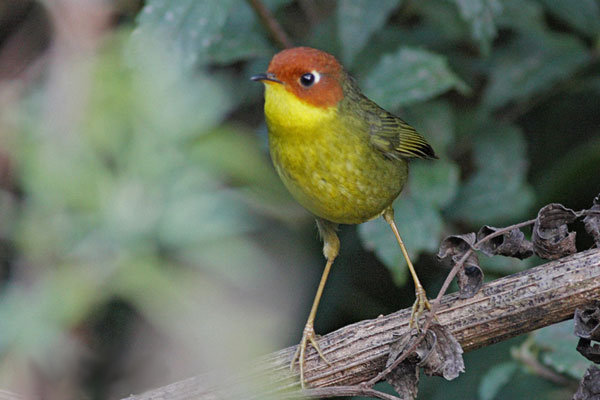
Order:
Passeriformes
A passerine () is any bird of the order Passeriformes (; from Latin 'sparrow' and '-shaped'), which includes more than half of all bird species. Sometimes known as perching birds, passerines are distinguished from other orders of birds by th ...
Family:
Cettiidae
Cettiidae is a newly validated family of small insectivorous songbirds ("warblers"), formerly placed in the Old World warbler "wastebin" assemblage. It contains the typical bush warblers (''Cettia'') and their relatives. As a common name, cettii ...
Cettiidae is a family of small insectivorous songbirds. It contains the typical bush warblers (Cettia) and their relatives. Its members occur mainly in Asia and Africa, ranging into Oceania and Europe.
Bushtits

Order:
Passeriformes
A passerine () is any bird of the order Passeriformes (; from Latin 'sparrow' and '-shaped'), which includes more than half of all bird species. Sometimes known as perching birds, passerines are distinguished from other orders of birds by th ...
Family:
Aegithalidae
The bushtits or long-tailed tits, are a family, Aegithalidae, of small passerine birds with long tails, compared to their size. The family contains 13 species in three genera, all but one of which are found in Eurasia. Bushtits are active birds, ...
Long-tailed tits are a group of small passerine birds with medium to long tails. They make woven bag nests in trees. Most eat a mixed diet which includes insects.
Leaf warblers and allies
Order:
Passeriformes
A passerine () is any bird of the order Passeriformes (; from Latin 'sparrow' and '-shaped'), which includes more than half of all bird species. Sometimes known as perching birds, passerines are distinguished from other orders of birds by th ...
Family:
Phylloscopidae
Leaf warblers are small insectivorous passerine birds belonging to the genus ''Phylloscopus''.
Leaf warblers were formerly included in the Old World warbler family but are now considered to belong to the family Phylloscopidae, introduced in 200 ...

Leaf warblers are a family of small insectivorous birds found mostly in Eurasia and ranging into Wallacea and Africa. The species are of various sizes, often green-plumaged above and yellow below, or more subdued with grayish-green to grayish-brown colors.
Reed warblers, Grauer’s warbler, and allies
Order:
Passeriformes
A passerine () is any bird of the order Passeriformes (; from Latin 'sparrow' and '-shaped'), which includes more than half of all bird species. Sometimes known as perching birds, passerines are distinguished from other orders of birds by th ...
Family:
Acrocephalidae
The Acrocephalidae (the reed warblers, marsh- and tree-warblers, or acrocephalid warblers) are a family of oscine passerine birds, in the superfamily Sylvioidea.
The species in this family are usually rather large "warblers". Most are rather p ...
The members of this family are usually rather large for "warblers". Most are rather plain olivaceous brown above with much yellow to beige below. They are usually found in open woodland, reedbeds, or tall grass. The family occurs mostly in southern to western Eurasia and surroundings, but it also ranges far into the Pacific, with some species in Africa.
Grassbirds and allies

Order:
Passeriformes
A passerine () is any bird of the order Passeriformes (; from Latin 'sparrow' and '-shaped'), which includes more than half of all bird species. Sometimes known as perching birds, passerines are distinguished from other orders of birds by th ...
Family:
Locustellidae
Locustellidae is a newly recognized family of small insectivorous songbirds (" warblers"), formerly placed in the Old World warbler " wastebin" family. It contains the grass warblers, grassbirds, and the '' Bradypterus'' " bush warblers". These ...

Locustellidae are a family of small insectivorous songbirds found mainly in Eurasia, Africa, and the Australian region. They are smallish birds with tails that are usually long and pointed, and tend to be drab brownish or buffy all over.
Cisticolas and allies

Order:
Passeriformes
A passerine () is any bird of the order Passeriformes (; from Latin 'sparrow' and '-shaped'), which includes more than half of all bird species. Sometimes known as perching birds, passerines are distinguished from other orders of birds by th ...
Family:
Cisticolidae
The family Cisticolidae is a group of about 160 warblers, small passerine birds found mainly in warmer southern regions of the Old World. They were formerly included within the Old World warbler family Sylviidae.
This family probably originate ...
The Cisticolidae are warblers found mainly in warmer southern regions of the Old World. They are generally very small birds of drab brown or grey appearance found in open country such as grassland or scrub.

Sylviid babblers

Order:
Passeriformes
A passerine () is any bird of the order Passeriformes (; from Latin 'sparrow' and '-shaped'), which includes more than half of all bird species. Sometimes known as perching birds, passerines are distinguished from other orders of birds by th ...
Family:
Sylviidae
Sylviidae is a family of passerine birds that includes the typical warblers and a number of babblers formerly placed within the Old World babbler family. They are found in Eurasia and Africa.
Taxonomy and systematics
The scientific name Sylvii ...
The family Sylviidae is a group of small insectivorous passerine birds. They mainly occur as breeding species, as the common name implies, in Europe, Asia and, to a lesser extent, Africa. Many species are difficult to identify by appearance, but many have distinctive songs.
Parrotbills and allies

Order:
Passeriformes
A passerine () is any bird of the order Passeriformes (; from Latin 'sparrow' and '-shaped'), which includes more than half of all bird species. Sometimes known as perching birds, passerines are distinguished from other orders of birds by th ...
Family:
Paradoxornithidae
The parrotbills are a group of peculiar birds which are diverse along the Himalayas east into Southeast Asia, though feral populations exist elsewhere. They are generally small, long-tailed birds which inhabit reedbeds and similar habitat. They feed mainly on seeds, e.g. of grasses, to which their bill, as the name implies, is well-adapted.
White-eyes
Order:
Passeriformes
A passerine () is any bird of the order Passeriformes (; from Latin 'sparrow' and '-shaped'), which includes more than half of all bird species. Sometimes known as perching birds, passerines are distinguished from other orders of birds by th ...
Family:
Zosteropidae
The white-eyes are a family, Zosteropidae, of small passerine birds native to tropical, subtropical and temperate Sub-Saharan Africa, southern and eastern Asia, and Australasia. White-eyes inhabit most tropical islands in the Indian Ocean, the ...
The white-eyes are small and mostly undistinguished, their plumage above being generally some dull colour like greenish-olive, but some species have a white or bright yellow throat, breast or lower parts, and several have buff flanks. As their name suggests, many species have a white ring around each eye.
Babblers and scimitar babblers
Order:
Passeriformes
A passerine () is any bird of the order Passeriformes (; from Latin 'sparrow' and '-shaped'), which includes more than half of all bird species. Sometimes known as perching birds, passerines are distinguished from other orders of birds by th ...
Family:
Timaliidae

The babblers, or timaliids, are somewhat diverse in size and colouration, but are characterised by soft fluffy plumage.


Ground babblers
Order:
Passeriformes
A passerine () is any bird of the order Passeriformes (; from Latin 'sparrow' and '-shaped'), which includes more than half of all bird species. Sometimes known as perching birds, passerines are distinguished from other orders of birds by th ...
Family:
Pellorneidae
The jungle babblers are a family, Pellorneidae, of mostly Old World passerine birds belonging to the superfamily Sylvioidea. They are quite diverse in size and coloration, and usually characterised by soft, fluffy plumage and a tail on average t ...
These small to medium-sized songbirds have soft fluffy plumage but are otherwise rather diverse. Members of the genus ''Illadopsis'' are found in forests, but some other genera are birds of scrublands.
Alcippe fulvettas

Order:
Passeriformes
A passerine () is any bird of the order Passeriformes (; from Latin 'sparrow' and '-shaped'), which includes more than half of all bird species. Sometimes known as perching birds, passerines are distinguished from other orders of birds by th ...
Family:
Alcippeidae
The genus once included many other fulvettas and was previously placed in families Pellorneidae or Timaliidae.
Laughingthrushes and allies
Order:
Passeriformes
A passerine () is any bird of the order Passeriformes (; from Latin 'sparrow' and '-shaped'), which includes more than half of all bird species. Sometimes known as perching birds, passerines are distinguished from other orders of birds by th ...
Family:
Leiothrichidae
The laughingthrushes are a family, Leiothrichidae, of Old World passerine birds. They are diverse in size and coloration. These are birds of tropical areas, with the greatest variety in Southeast Asia and the Indian subcontinent. The entire fam ...
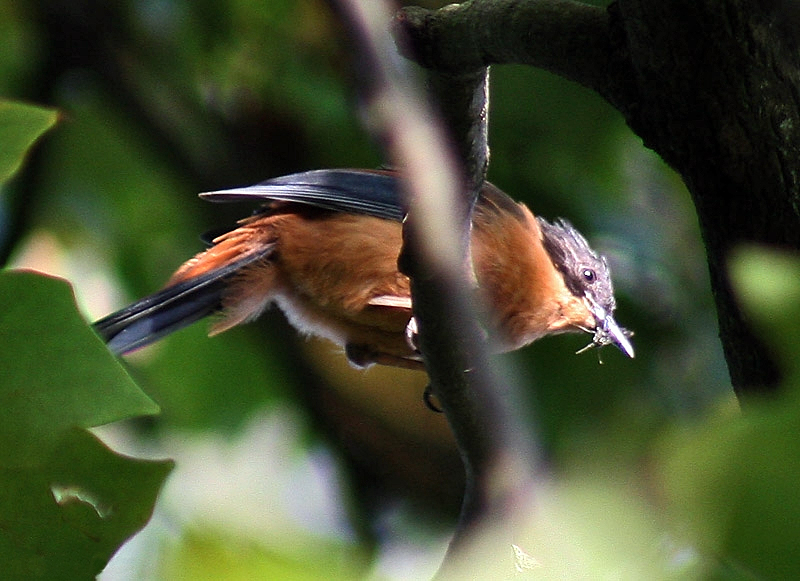


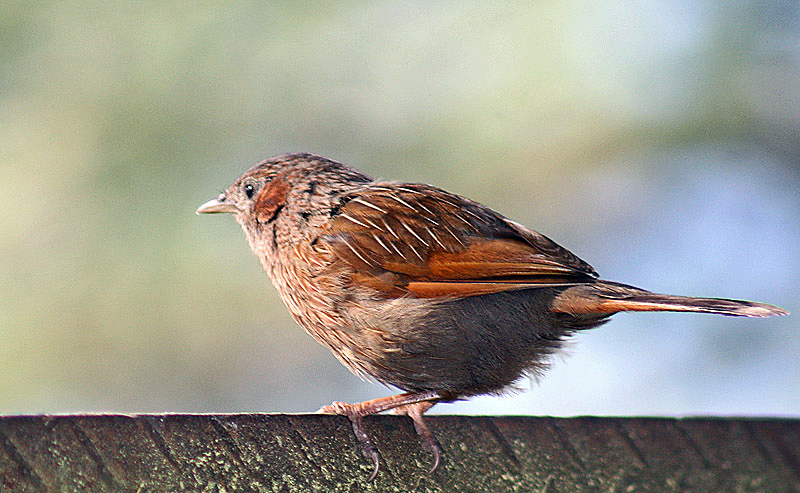
The members of this family are diverse in size and colouration, though those of genus ''Turdoides'' tend to be brown or greyish. The family is found in Africa, India, and southeast Asia.
Fairy-bluebirds
Order:
Passeriformes
A passerine () is any bird of the order Passeriformes (; from Latin 'sparrow' and '-shaped'), which includes more than half of all bird species. Sometimes known as perching birds, passerines are distinguished from other orders of birds by th ...
Family:
Irenidae
The fairy-bluebirds are
bulbul
The bulbuls are members of a family, Pycnonotidae, of medium-sized passerine songbirds, which also includes greenbuls, brownbuls, leafloves, and bristlebills. The family is distributed across most of Africa and into the Middle East, tropical A ...
-like birds of open forest or thorn scrub. The males are dark-blue and the females a duller green. There is one species which occurs in India.
Goldcrests and kinglets
Order:
Passeriformes
A passerine () is any bird of the order Passeriformes (; from Latin 'sparrow' and '-shaped'), which includes more than half of all bird species. Sometimes known as perching birds, passerines are distinguished from other orders of birds by th ...
Family:
Regulidae
The kinglets, also called crests, are a small group of birds often included in the Old World warblers, but frequently given family status because they also resemble the
titmice
''Baeolophus'' is a genus of birds in the family Paridae. Its members are commonly known as titmice. All the species are native to North America. In the past, most authorities retained ''Baeolophus'' as a subgenus within the genus ''Parus
...
. There is one species which occurs in India.
Elachura
Order:
Passeriformes
A passerine () is any bird of the order Passeriformes (; from Latin 'sparrow' and '-shaped'), which includes more than half of all bird species. Sometimes known as perching birds, passerines are distinguished from other orders of birds by th ...
Family:
Elachuridae
This species, the only one in its family, inhabits forest undergrowth throughout South East Asia.
Wrens
Order:
Passeriformes
A passerine () is any bird of the order Passeriformes (; from Latin 'sparrow' and '-shaped'), which includes more than half of all bird species. Sometimes known as perching birds, passerines are distinguished from other orders of birds by th ...
Family:
Troglodytidae
The
wren
Wrens are a family of brown passerine birds in the predominantly New World family Troglodytidae. The family includes 88 species divided into 19 genera. Only the Eurasian wren occurs in the Old World, where, in Anglophone regions, it is commonl ...
s are mainly small and inconspicuous except for their loud songs. These birds have short wings and thin down-turned bills. Several species often hold their tails upright. All are insectivorous. There is one species which occurs in India.
Nuthatches
Order:
Passeriformes
A passerine () is any bird of the order Passeriformes (; from Latin 'sparrow' and '-shaped'), which includes more than half of all bird species. Sometimes known as perching birds, passerines are distinguished from other orders of birds by th ...
Family:
Sittidae
Nuthatches are small woodland birds. They have the unusual ability to climb down trees head first, unlike other birds which can only go upwards. Nuthatches have big heads, short tails and powerful bills and feet.
Wallcreeper
Order:
Passeriformes
A passerine () is any bird of the order Passeriformes (; from Latin 'sparrow' and '-shaped'), which includes more than half of all bird species. Sometimes known as perching birds, passerines are distinguished from other orders of birds by th ...
Family:
Tichodromidae
The wallcreeper (''Tichodroma muraria'') is a small passerine bird found throughout the high mountains of the Palearctic from southern Europe to central China. It is the only extant member of both the genus ''Tichodroma'' and the family Tichodr ...
The wallcreeper is a small bird related to the
nuthatch
The nuthatches () constitute a genus, ''Sitta'', of small passerine birds belonging to the family Sittidae. Characterised by large heads, short tails, and powerful bills and feet, nuthatches advertise their territory using loud, simple songs. M ...
family, which has stunning crimson, grey and black plumage.
Treecreepers
Order:
Passeriformes
A passerine () is any bird of the order Passeriformes (; from Latin 'sparrow' and '-shaped'), which includes more than half of all bird species. Sometimes known as perching birds, passerines are distinguished from other orders of birds by th ...
Family:
Certhiidae
The treecreepers are a family, Certhiidae, of small passerine birds, widespread in wooded regions of the Northern Hemisphere and sub-Saharan Africa. The family contains eleven species in two genera, ''Certhia'' and '' Salpornis''. Their plumage i ...
Treecreepers are small woodland birds, brown above and white below. They have thin pointed down-curved bills, which they use to extricate insects from bark. They have stiff tail feathers, like woodpeckers, which they use to support themselves on vertical trees.
Starlings and rhabdornis
Order:
Passeriformes
A passerine () is any bird of the order Passeriformes (; from Latin 'sparrow' and '-shaped'), which includes more than half of all bird species. Sometimes known as perching birds, passerines are distinguished from other orders of birds by th ...
Family:
Sturnidae
Starlings are small to medium-sized passerine birds. Their flight is strong and direct and they are very gregarious. Their preferred habitat is fairly open country. They eat insects and fruit. Plumage is typically dark with a metallic sheen.

Thrushes



Order:
Passeriformes
A passerine () is any bird of the order Passeriformes (; from Latin 'sparrow' and '-shaped'), which includes more than half of all bird species. Sometimes known as perching birds, passerines are distinguished from other orders of birds by th ...
Family:
Turdidae
The thrushes are a passerine bird family, Turdidae, with a worldwide distribution. The family was once much larger before biologists reclassified the former subfamily Saxicolinae, which includes the chats and European robins, as Old World fl ...
The
thrushes are a group of passerine birds that occur mainly in the Old World. They are plump, soft plumaged, small to medium-sized insectivores or sometimes omnivores, often feeding on the ground. Many have attractive songs.
Chats and Old World flycatchers


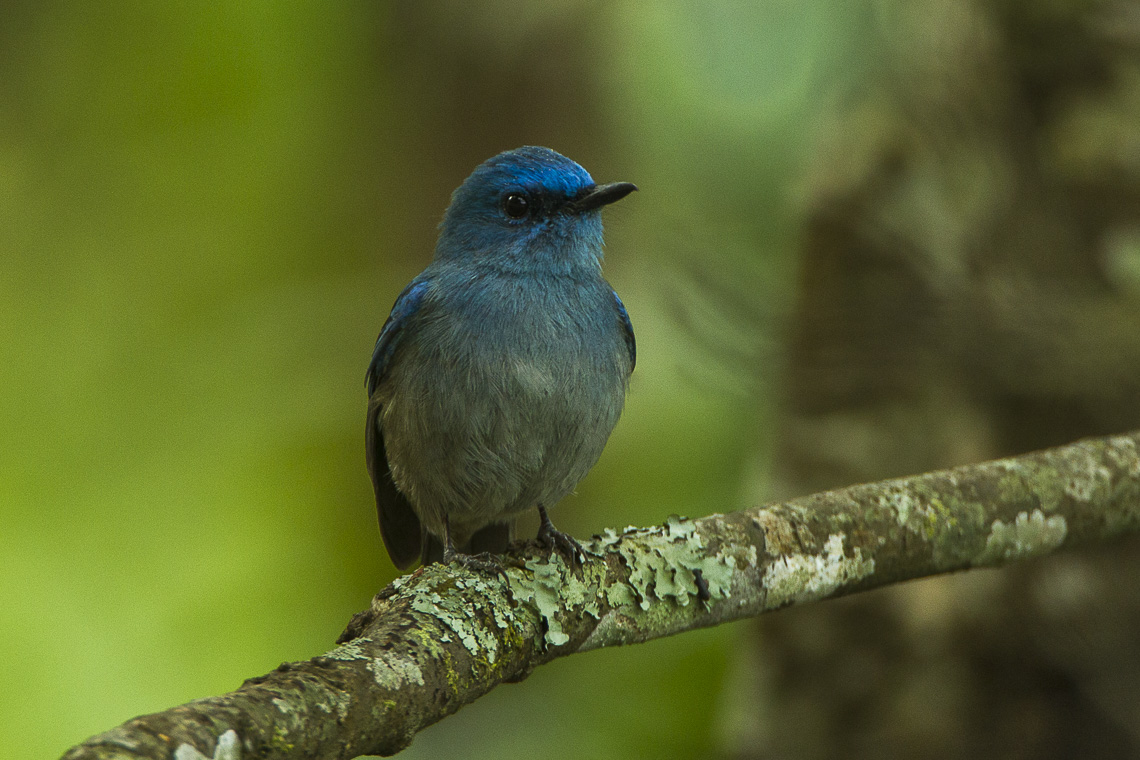
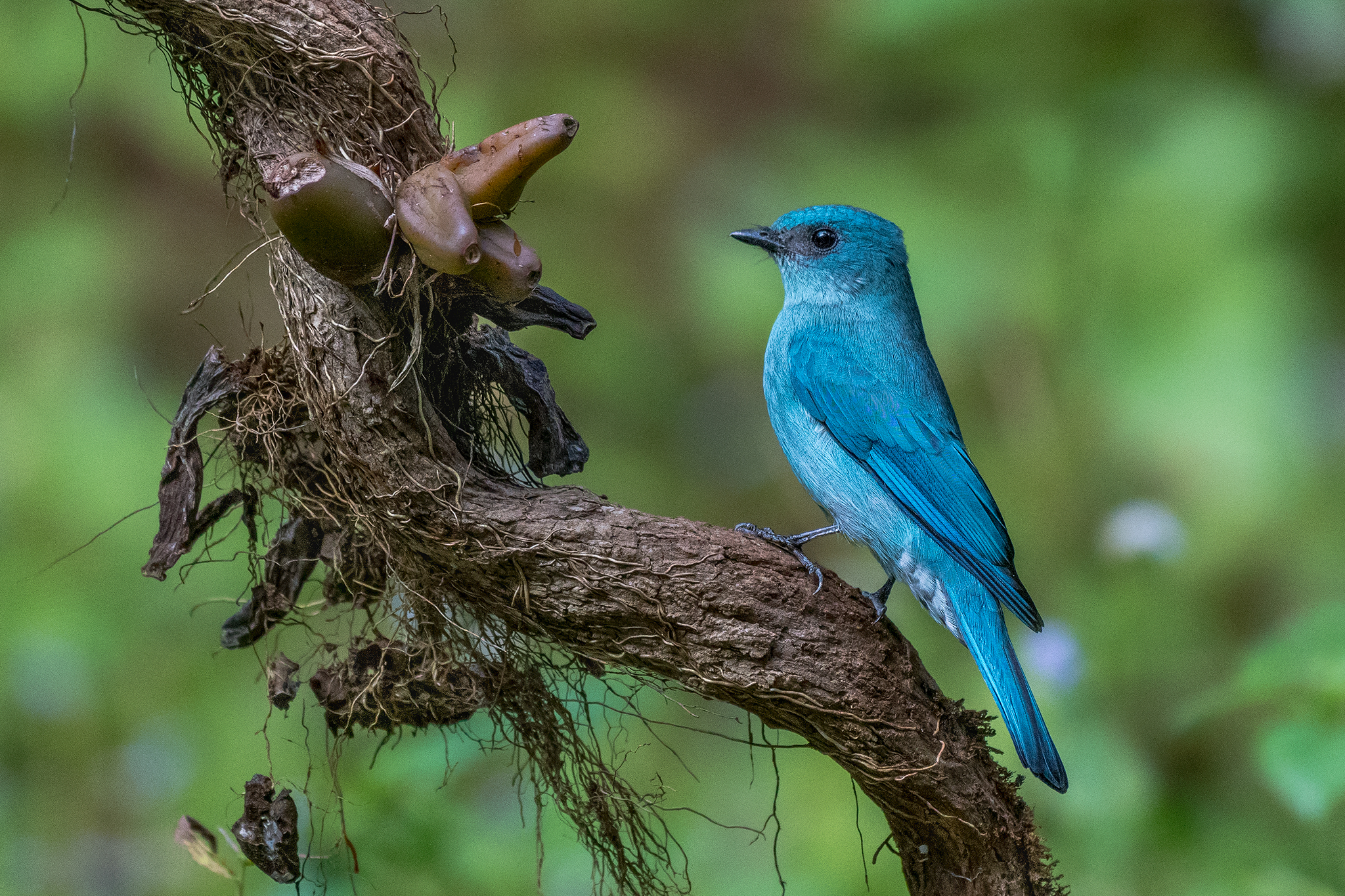

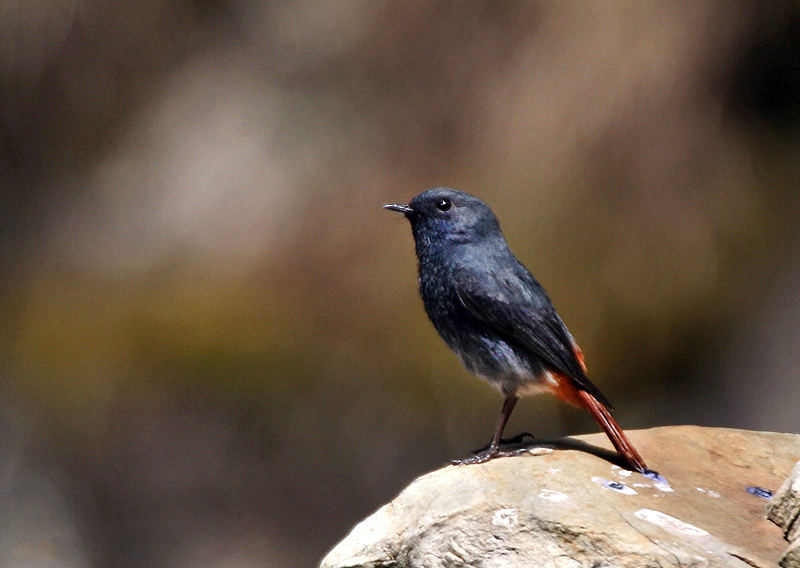


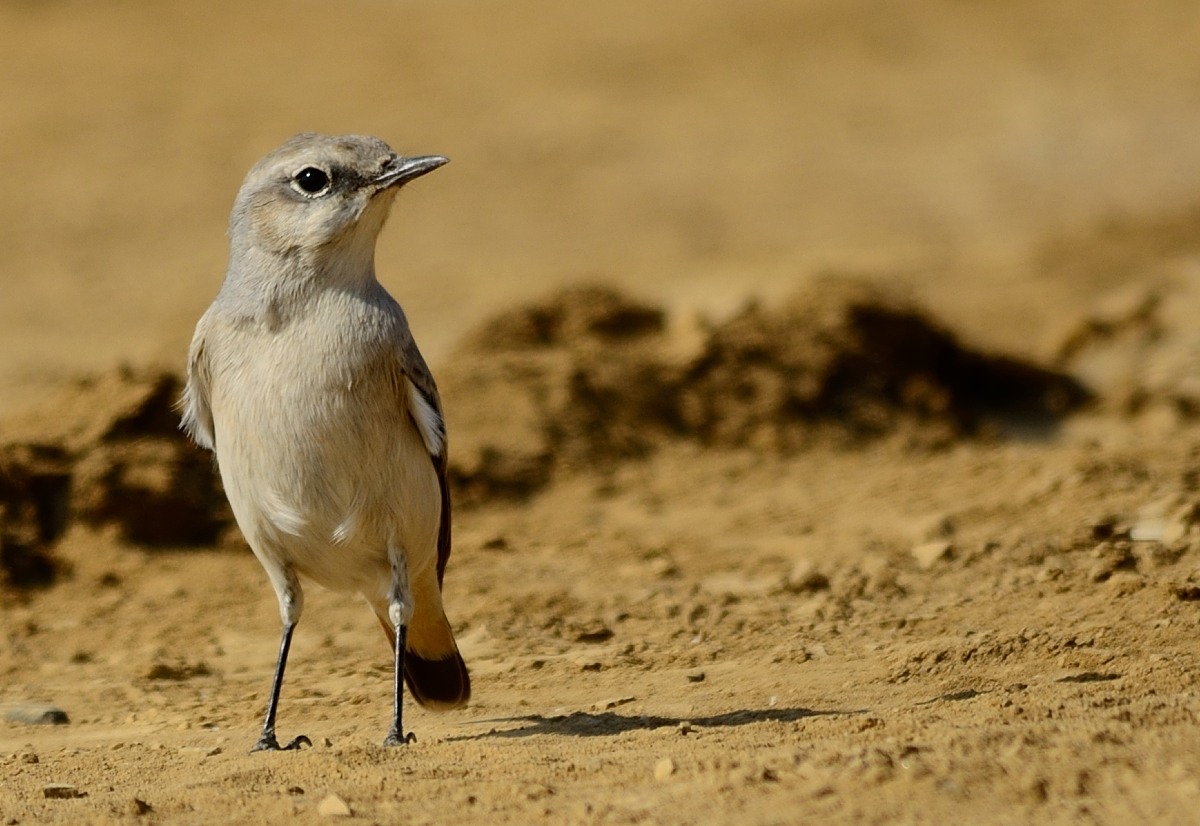
Order:
Passeriformes
A passerine () is any bird of the order Passeriformes (; from Latin 'sparrow' and '-shaped'), which includes more than half of all bird species. Sometimes known as perching birds, passerines are distinguished from other orders of birds by th ...
Family:
Muscicapidae
The Old World flycatchers are a large family, the Muscicapidae, of small passerine birds restricted to the Old World (Europe, Africa and Asia), with the exception of several vagrants and two species, Bluethroat (''Luscinia svecica)'' and Northe ...
Old World flycatchers are a large group of small passerine birds native to the Old World. They are mainly small arboreal insectivores. The appearance of these birds is highly varied, but they mostly have weak songs and harsh calls.
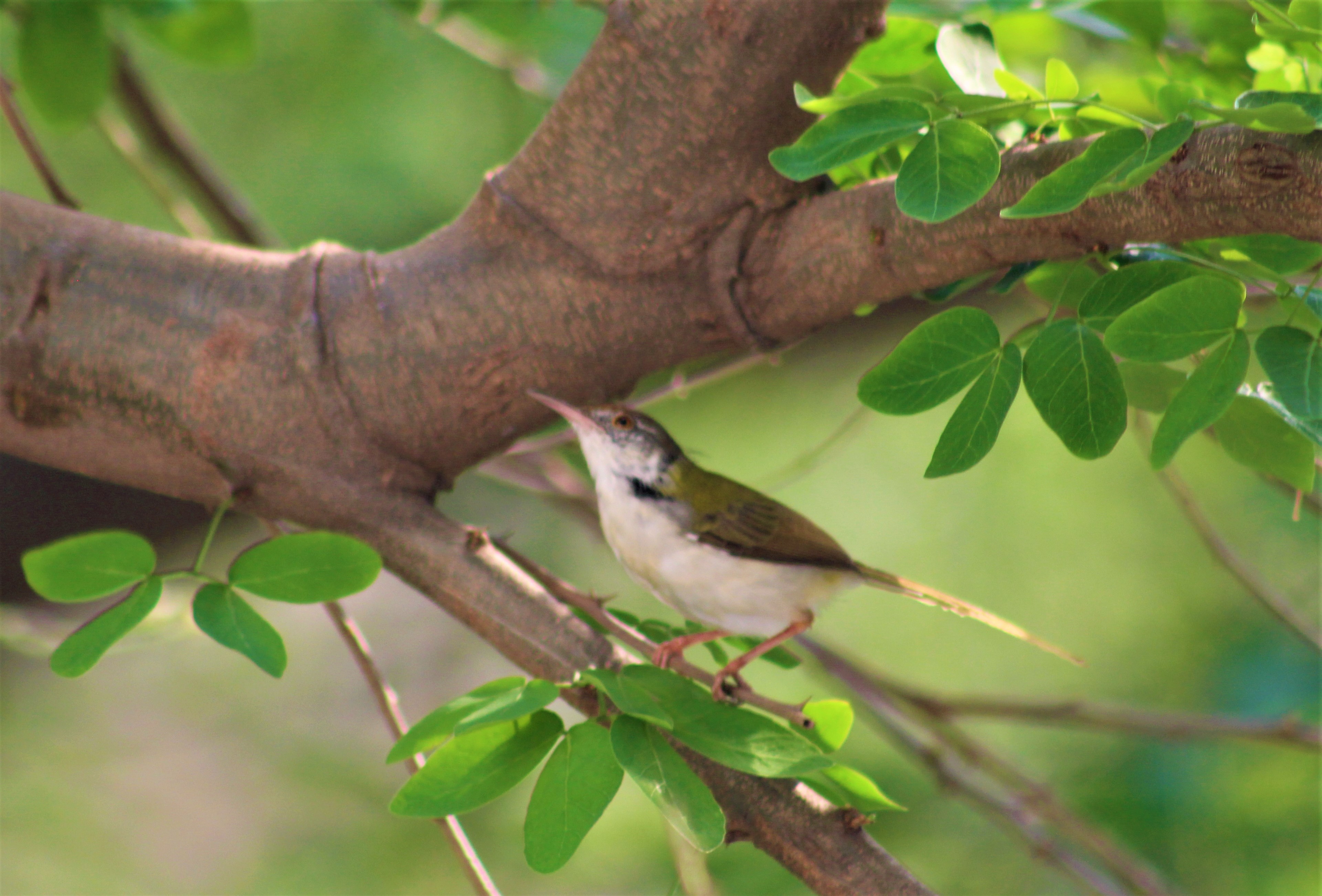
Dippers
Order:
Passeriformes
A passerine () is any bird of the order Passeriformes (; from Latin 'sparrow' and '-shaped'), which includes more than half of all bird species. Sometimes known as perching birds, passerines are distinguished from other orders of birds by th ...
Family:
Cinclidae
Dippers are a group of perching birds whose habitat includes aquatic environments in the Americas, Europe and Asia. They are named for their bobbing or dipping movements. There are two species which have been recorded in India.
Leafbirds

Order:
Passeriformes
A passerine () is any bird of the order Passeriformes (; from Latin 'sparrow' and '-shaped'), which includes more than half of all bird species. Sometimes known as perching birds, passerines are distinguished from other orders of birds by th ...
Family:
Chloropseidae
The leafbirds are small,
bulbul
The bulbuls are members of a family, Pycnonotidae, of medium-sized passerine songbirds, which also includes greenbuls, brownbuls, leafloves, and bristlebills. The family is distributed across most of Africa and into the Middle East, tropical A ...
-like birds. The males are brightly plumaged, usually in greens and yellows.
Flowerpeckers
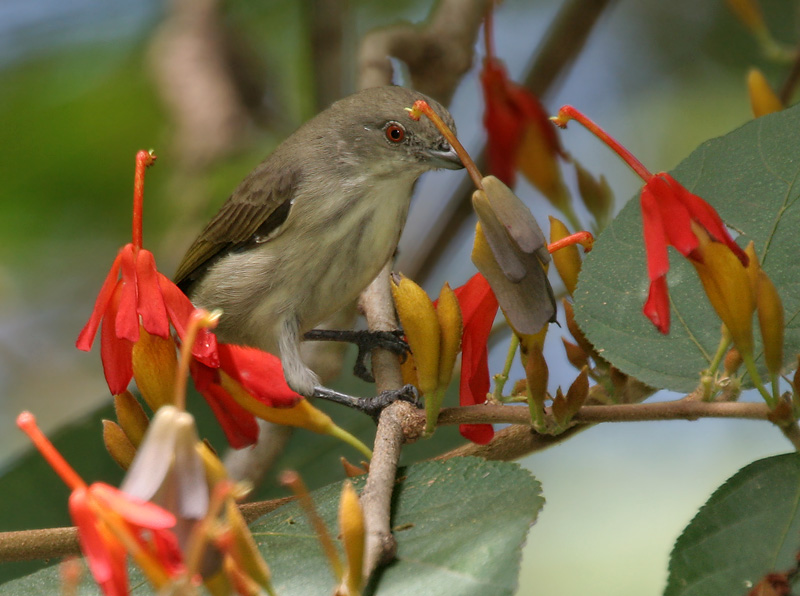
Order:
Passeriformes
A passerine () is any bird of the order Passeriformes (; from Latin 'sparrow' and '-shaped'), which includes more than half of all bird species. Sometimes known as perching birds, passerines are distinguished from other orders of birds by th ...
Family:
Dicaeidae
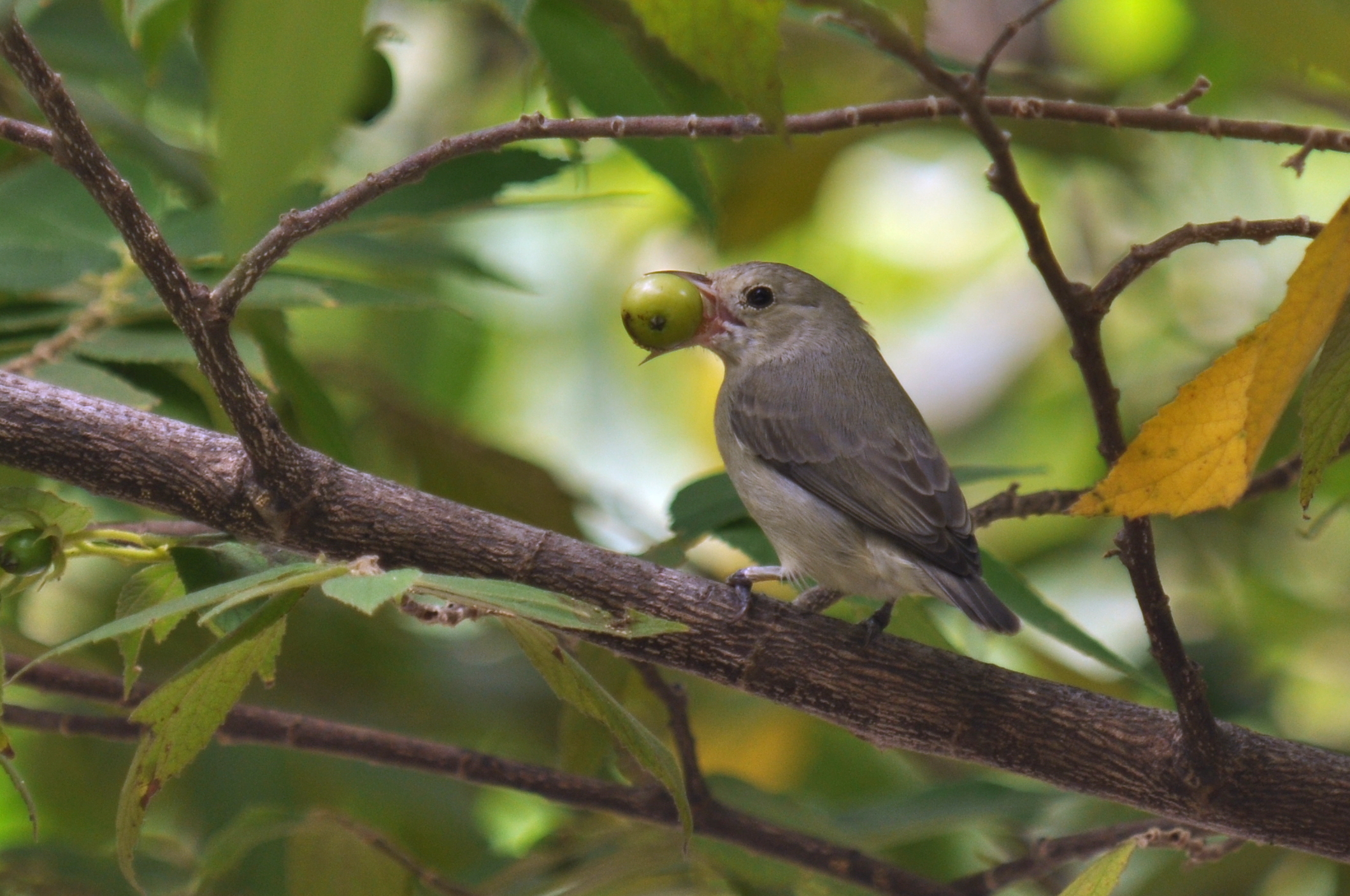
The flowerpeckers are very small, stout, often brightly coloured birds, with short tails, short thick curved bills and tubular tongues.
Sunbirds
Order:
Passeriformes
A passerine () is any bird of the order Passeriformes (; from Latin 'sparrow' and '-shaped'), which includes more than half of all bird species. Sometimes known as perching birds, passerines are distinguished from other orders of birds by th ...
Family:
Nectariniidae
Sunbirds and spiderhunters make up the family Nectariniidae of passerine birds. They are small, slender passerines from the Old World, usually with downward-curved bills. Many are brightly coloured, often with iridescent feathers, particularly ...

The sunbirds and spiderhunters are very small passerine birds which feed largely on nectar, although they will also take insects, especially when feeding young. Flight is fast and direct on their short wings. Most species can take nectar by hovering like a hummingbird, but usually perch to feed.
Old World sparrows and snowfinches
Order:
Passeriformes
A passerine () is any bird of the order Passeriformes (; from Latin 'sparrow' and '-shaped'), which includes more than half of all bird species. Sometimes known as perching birds, passerines are distinguished from other orders of birds by th ...
Family:
Passeridae
Old World sparrows are a group of small passerine birds forming the family Passeridae. They are also known as true sparrows, a name also used for a particular genus of the family, '' Passer''. They are distinct from both the New World sparrows, ...
Sparrow
Sparrow may refer to:
Birds
* Old World sparrows, family Passeridae
* New World sparrows, family Passerellidae
* two species in the Passerine family Estrildidae:
** Java sparrow
** Timor sparrow
* Hedge sparrow, also known as the dunnock or hed ...
s are small passerine birds. In general, sparrows tend to be small, plump, brown or grey birds with short tails and short powerful beaks. Sparrows are seed eaters, but they also consume small insects.

Weavers and widowbirds

Order:
Passeriformes
A passerine () is any bird of the order Passeriformes (; from Latin 'sparrow' and '-shaped'), which includes more than half of all bird species. Sometimes known as perching birds, passerines are distinguished from other orders of birds by th ...
Family:
Ploceidae
Ploceidae is a family of small passerine birds, many of which are called weavers, weaverbirds, weaver finches and bishops. These names come from the nests of intricately woven vegetation created by birds in this family. In most recent classifica ...
The weavers are small passerine birds related to the
finch
The true finches are small to medium-sized passerine birds in the family Fringillidae. Finches have stout conical bills adapted for eating seeds and nuts and often have colourful plumage. They occupy a great range of habitats where they are usua ...
es. They are seed-eating birds with rounded conical bills. The males of many species are brightly coloured, usually in red or yellow and black, some species show variation in colour only in the breeding season. There are four species which have been recorded in India.
Waxbills, munias, and allies
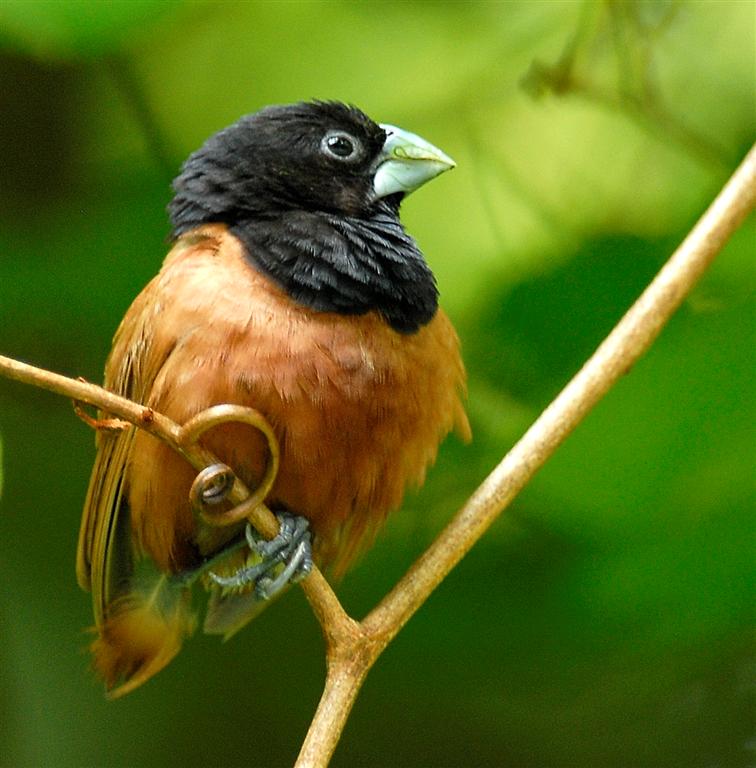
Order:
Passeriformes
A passerine () is any bird of the order Passeriformes (; from Latin 'sparrow' and '-shaped'), which includes more than half of all bird species. Sometimes known as perching birds, passerines are distinguished from other orders of birds by th ...
Family:
Estrildidae
Estrildidae, or estrildid finches, is a family of small seed-eating passerine birds of the Old World tropics and Australasia. They comprise species commonly known as munias, mannikins, firefinches, parrotfinches and waxbills. Despite the word "fi ...

The
estrildid finch
Estrildidae, or estrildid finches, is a family of small seed-eating passerine birds of the Old World tropics and Australasia. They comprise species commonly known as munias, mannikins, firefinches, parrotfinches and waxbills. Despite the word "fi ...
es are small passerine birds of the Old World tropics and
Australasia
Australasia is a region that comprises Australia, New Zealand and some neighbouring islands in the Pacific Ocean. The term is used in a number of different contexts, including geopolitically, physiogeographically, philologically, and ecologic ...
. They are gregarious and often colonial seed eaters with short thick but pointed bills. They are all similar in structure and habits, but have wide variation in plumage colours and patterns.
Accentors

Order:
Passeriformes
A passerine () is any bird of the order Passeriformes (; from Latin 'sparrow' and '-shaped'), which includes more than half of all bird species. Sometimes known as perching birds, passerines are distinguished from other orders of birds by th ...
Family:
Prunellidae
The accentors are a genus of birds in the family Prunellidae, which is endemic to the Old World. This small group of closely related passerines are all in the genus ''Prunella''. All but the dunnock and the Japanese accentor are inhabitants of th ...
The accentors are in the only bird family, Prunellidae, which is completely endemic to the
Palearctic
The Palearctic or Palaearctic is the largest of the eight biogeographic realms of the Earth. It stretches across all of Eurasia north of the foothills of the Himalayas, and North Africa.
The realm consists of several bioregions: the Euro-Sib ...
. They are small, fairly drab species superficially similar to
sparrow
Sparrow may refer to:
Birds
* Old World sparrows, family Passeridae
* New World sparrows, family Passerellidae
* two species in the Passerine family Estrildidae:
** Java sparrow
** Timor sparrow
* Hedge sparrow, also known as the dunnock or hed ...
s. There are seven species which have been recorded in India.
Wagtails and pipits
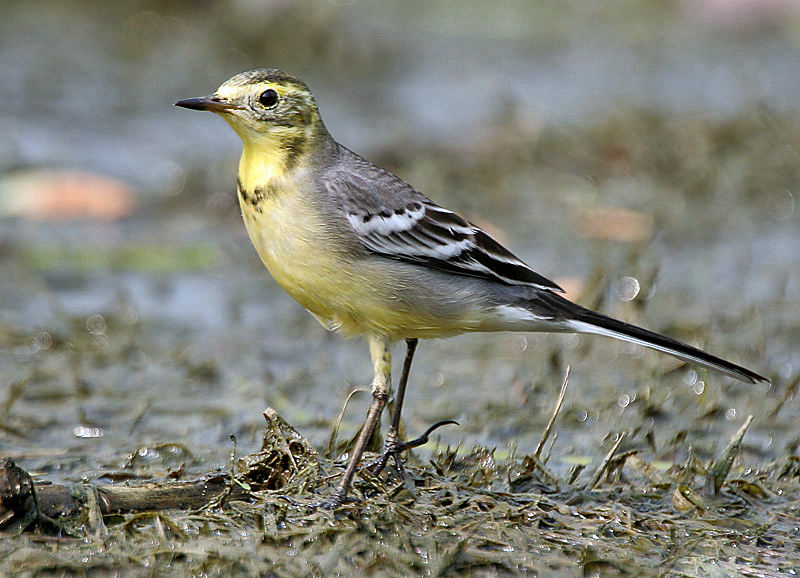
Order:
Passeriformes
A passerine () is any bird of the order Passeriformes (; from Latin 'sparrow' and '-shaped'), which includes more than half of all bird species. Sometimes known as perching birds, passerines are distinguished from other orders of birds by th ...
Family:
Motacillidae
The wagtails, longclaws, and pipits are a family, Motacillidae, of small passerine birds with medium to long tails. Around 70 species occur in five genera. The longclaws are entirely restricted to the Afrotropics, and the wagtails are predo ...

Motacillidae is a family of small passerine birds with medium to long tails. They include the wagtails, longclaws and pipits. They are slender, ground feeding insectivores of open country. There are 21 species which have been recorded in India.

Finches and euphonias

Order:
Passeriformes
A passerine () is any bird of the order Passeriformes (; from Latin 'sparrow' and '-shaped'), which includes more than half of all bird species. Sometimes known as perching birds, passerines are distinguished from other orders of birds by th ...
Family:
Fringillidae
The true finches are small to medium-sized passerine birds in the family Fringillidae. Finches have stout conical bills adapted for eating seeds and nuts and often have colourful plumage. They occupy a great range of habitats where they are usua ...
Finch
The true finches are small to medium-sized passerine birds in the family Fringillidae. Finches have stout conical bills adapted for eating seeds and nuts and often have colourful plumage. They occupy a great range of habitats where they are usua ...
es are seed-eating passerine birds, that are small to moderately large and have a strong beak, usually conical and in some species very large. All have twelve tail feathers and nine primaries. These birds have a bouncing flight with alternating bouts of flapping and gliding on closed wings, and most sing well. There are 44 species which have been recorded in India.
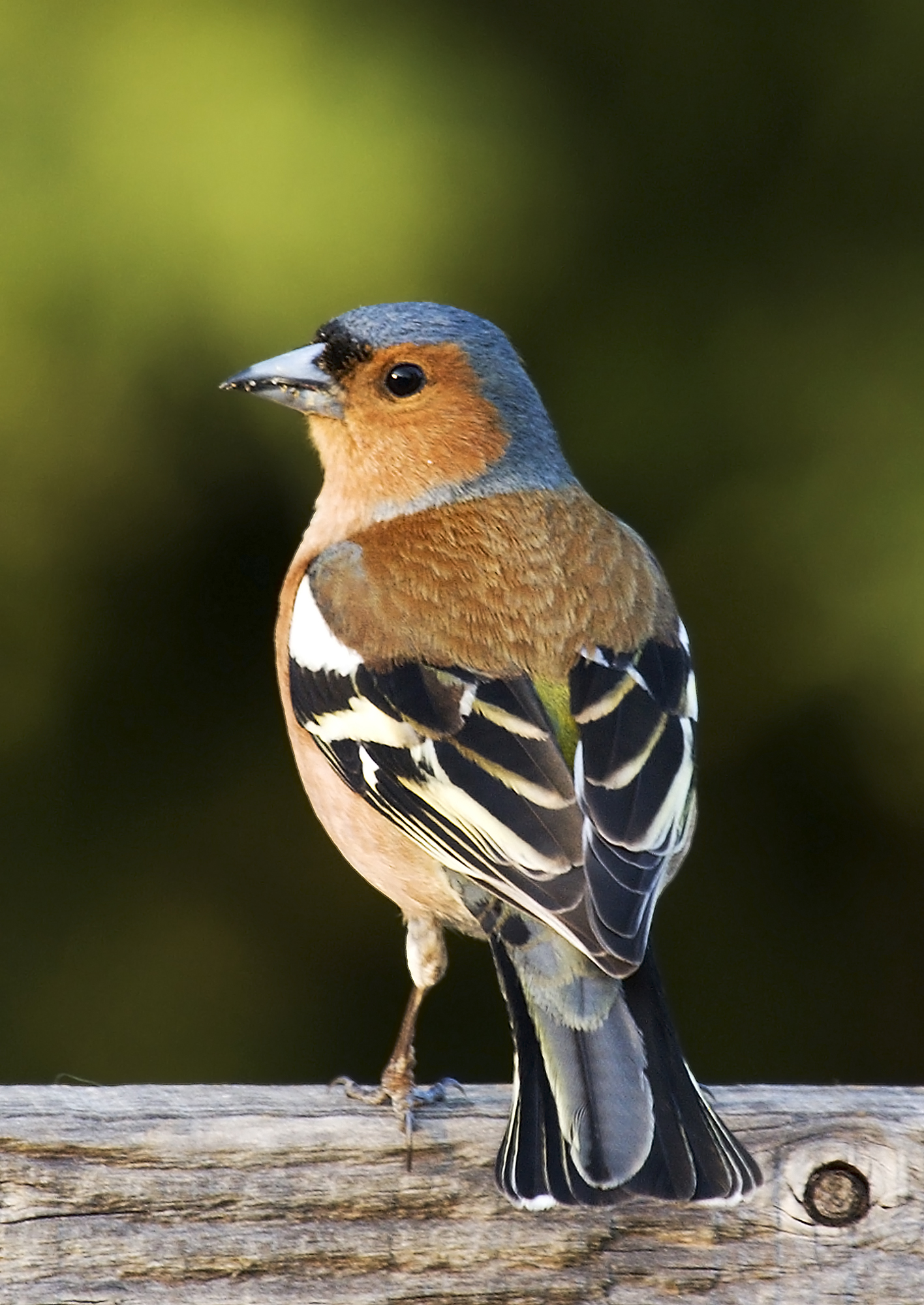
Buntings
Order:
Passeriformes
A passerine () is any bird of the order Passeriformes (; from Latin 'sparrow' and '-shaped'), which includes more than half of all bird species. Sometimes known as perching birds, passerines are distinguished from other orders of birds by th ...
Family:
Emberizidae
The buntings are a group of Old World passerine birds forming the genus ''Emberiza'', the only genus in the family Emberizidae. The family contains 45 species. They are seed-eating birds with stubby, conical bills.
Taxonomy
The family Emberizid ...
The emberizids are a large family of passerine birds. They are seed-eating birds with distinctively shaped bills. Many emberizid species have distinctive head patterns.

See also
*
List of Indian state birds
India, officially the Republic of India, is a country in South Asia. It is made up of 28 states and 8 union territories. All Indian states have their own government and union territories come under the jurisdiction of the central government. As ...
*
Birds of the Central Indian Highlands
*
Lists of birds by region
The following are the regional bird lists by continent.
For another list see :Lists of birds by location
Africa
Northern Africa
* Algeria
* Egypt
* Libya
* Morocco
* Sudan
* Tunisia
* Western Sahara
* Canary Islands (ES)
* Ceuta (ES)
* ...
References
Other sources
*
*
{{Asia topic, List of birds of , title=
Birds of Asia
India
India, officially the Republic of India (Hindi: ), is a country in South Asia. It is the List of countries and dependencies by area, seventh-largest country by area, the List of countries and dependencies by population, second-most populous ...
birds
Birds are a group of warm-blooded vertebrates constituting the class Aves (), characterised by feathers, toothless beaked jaws, the laying of hard-shelled eggs, a high metabolic rate, a four-chambered heart, and a strong yet lightweigh ...




 Order:
Order:  The Phasianidae are a family of terrestrial birds which consists of
The Phasianidae are a family of terrestrial birds which consists of  Order:
Order: 
 Order:
Order: 
 Order: OtidiformesFamily:
Order: OtidiformesFamily: 

 Order:
Order: 


 Order: GruiformesFamily:
Order: GruiformesFamily: 
 Cranes are large, long-legged and long-necked birds. Unlike the similar-looking but unrelated herons, cranes fly with necks outstretched, not pulled back. Most have elaborate and noisy courting displays or "dances". There are five species which have been recorded in India.
The
Cranes are large, long-legged and long-necked birds. Unlike the similar-looking but unrelated herons, cranes fly with necks outstretched, not pulled back. Most have elaborate and noisy courting displays or "dances". There are five species which have been recorded in India.
The  Order: PodicipediformesFamily: Podicipedidae
Order: PodicipediformesFamily: Podicipedidae
 Order:
Order: 
 Stone-curlews are a group of largely tropical waders in the family Burhinidae. They are found worldwide within the tropical zone, with some species also breeding in temperate Europe and Australia. They are medium to large waders with strong black or yellow-black bills, large yellow eyes and
Stone-curlews are a group of largely tropical waders in the family Burhinidae. They are found worldwide within the tropical zone, with some species also breeding in temperate Europe and Australia. They are medium to large waders with strong black or yellow-black bills, large yellow eyes and  Order:
Order: 
 Order:
Order:  Order:
Order: 


 Order:
Order:  Order:
Order: 


 Order:
Order:  Order:
Order:  Order:
Order: 
 Order:
Order:  Order:
Order:  Order:
Order:  Order:
Order:  Order:
Order: 
 Order:
Order:  Order:
Order:  Order:
Order:  Order:
Order: 



 Order:
Order:  Order: StrigiformesFamily:
Order: StrigiformesFamily: 

 Order:
Order: 
 Order:
Order: 
 Order:
Order: 
 Order:
Order:  Order:
Order: 
 Order:
Order:  Order:
Order: 


 Order:
Order:  Order: PsittaciformesFamily:
Order: PsittaciformesFamily:  Order:
Order:  Order:
Order:  Order:
Order:  Order:
Order: 
 Order:
Order:  Order:
Order:  Order:
Order:  Order:
Order:  Order:
Order:  Order:
Order:  Order:
Order: 
 Order:
Order: 
 Order:
Order:  Order:
Order: 
 Order:
Order:  Order:
Order:  Larks are small terrestrial birds with often extravagant songs and display flights. Most larks are fairly dull in appearance. Their food is insects and seeds.
Larks are small terrestrial birds with often extravagant songs and display flights. Most larks are fairly dull in appearance. Their food is insects and seeds.

 Order:
Order:  Bulbuls are medium-sized songbirds. Some are colourful with yellow, red or orange vents, cheeks, throats or supercilia, but most are drab, with uniform olive-brown to black plumage. Some species have distinct crests.
Bulbuls are medium-sized songbirds. Some are colourful with yellow, red or orange vents, cheeks, throats or supercilia, but most are drab, with uniform olive-brown to black plumage. Some species have distinct crests.

 Order:
Order: 
 Order:
Order:  Order:
Order:  Leaf warblers are a family of small insectivorous birds found mostly in Eurasia and ranging into Wallacea and Africa. The species are of various sizes, often green-plumaged above and yellow below, or more subdued with grayish-green to grayish-brown colors.
Leaf warblers are a family of small insectivorous birds found mostly in Eurasia and ranging into Wallacea and Africa. The species are of various sizes, often green-plumaged above and yellow below, or more subdued with grayish-green to grayish-brown colors.
 Order:
Order:  Locustellidae are a family of small insectivorous songbirds found mainly in Eurasia, Africa, and the Australian region. They are smallish birds with tails that are usually long and pointed, and tend to be drab brownish or buffy all over.
Locustellidae are a family of small insectivorous songbirds found mainly in Eurasia, Africa, and the Australian region. They are smallish birds with tails that are usually long and pointed, and tend to be drab brownish or buffy all over.
 Order:
Order: 
 Order:
Order:  Order:
Order:  The babblers, or timaliids, are somewhat diverse in size and colouration, but are characterised by soft fluffy plumage.
The babblers, or timaliids, are somewhat diverse in size and colouration, but are characterised by soft fluffy plumage.

 Order:
Order: 

 The members of this family are diverse in size and colouration, though those of genus ''Turdoides'' tend to be brown or greyish. The family is found in Africa, India, and southeast Asia.
The members of this family are diverse in size and colouration, though those of genus ''Turdoides'' tend to be brown or greyish. The family is found in Africa, India, and southeast Asia.



 Order:
Order: 







 Order:
Order:  Order:
Order:  The flowerpeckers are very small, stout, often brightly coloured birds, with short tails, short thick curved bills and tubular tongues.
The flowerpeckers are very small, stout, often brightly coloured birds, with short tails, short thick curved bills and tubular tongues.
 The sunbirds and spiderhunters are very small passerine birds which feed largely on nectar, although they will also take insects, especially when feeding young. Flight is fast and direct on their short wings. Most species can take nectar by hovering like a hummingbird, but usually perch to feed.
The sunbirds and spiderhunters are very small passerine birds which feed largely on nectar, although they will also take insects, especially when feeding young. Flight is fast and direct on their short wings. Most species can take nectar by hovering like a hummingbird, but usually perch to feed.

 Order:
Order:  Order:
Order:  The
The  Order:
Order:  Order:
Order:  Motacillidae is a family of small passerine birds with medium to long tails. They include the wagtails, longclaws and pipits. They are slender, ground feeding insectivores of open country. There are 21 species which have been recorded in India.
Motacillidae is a family of small passerine birds with medium to long tails. They include the wagtails, longclaws and pipits. They are slender, ground feeding insectivores of open country. There are 21 species which have been recorded in India.
 Order:
Order: 
